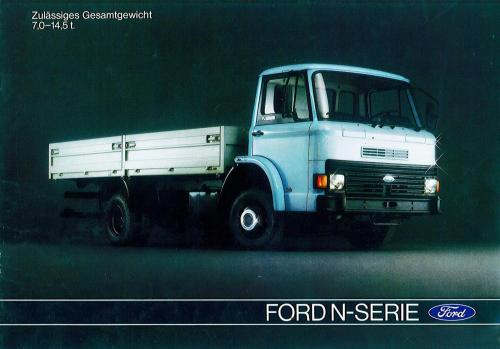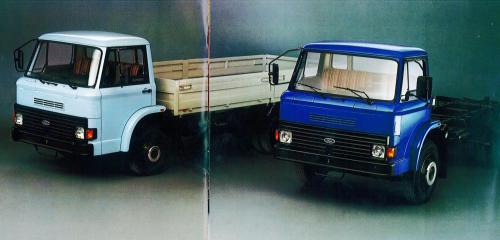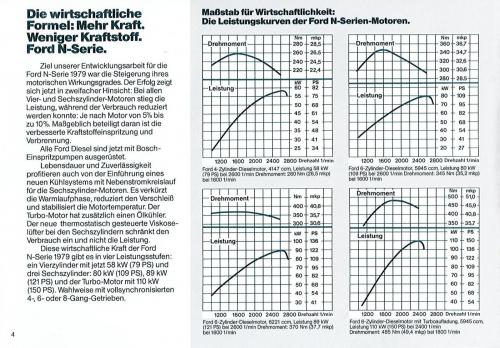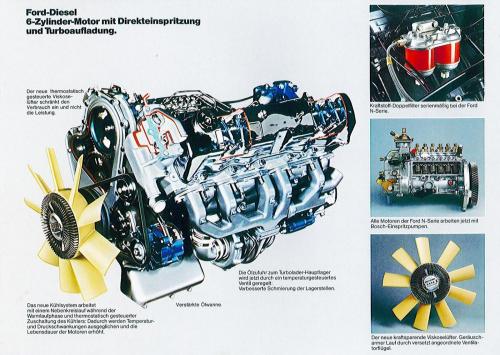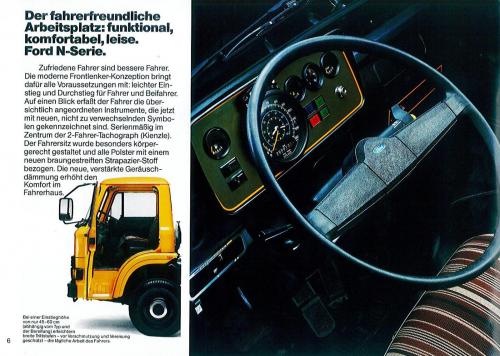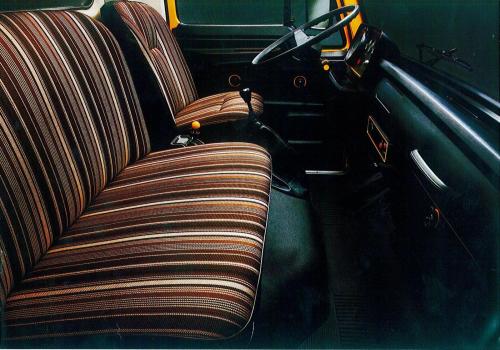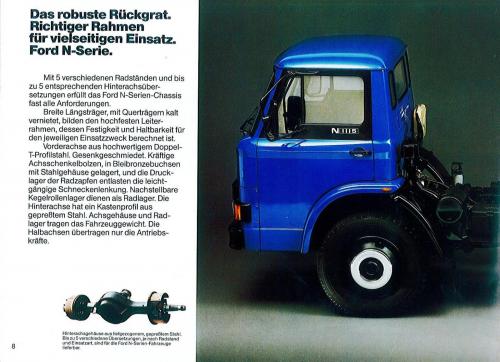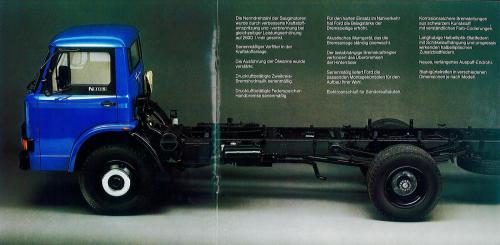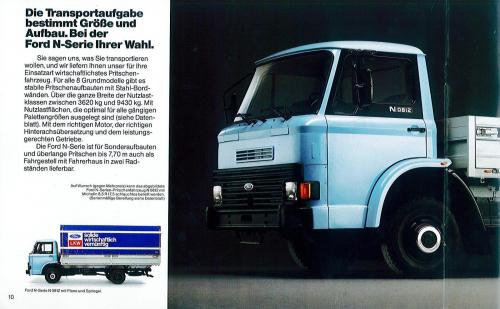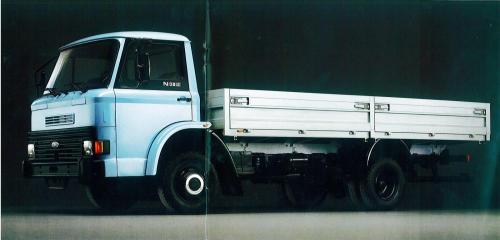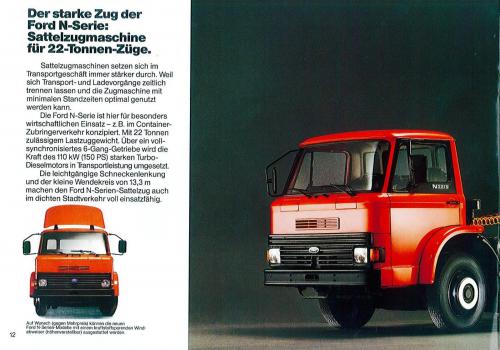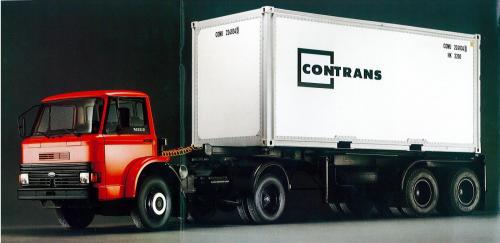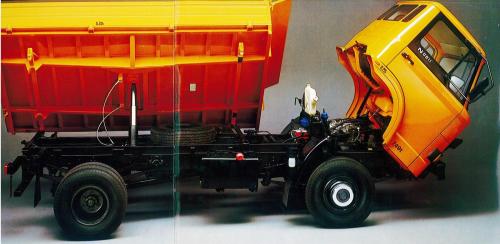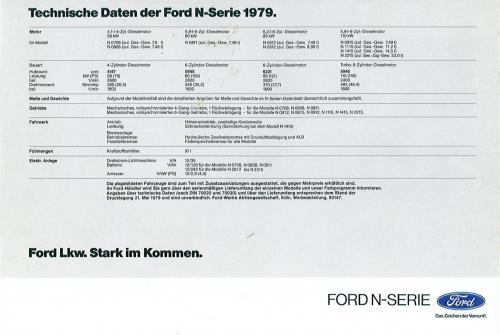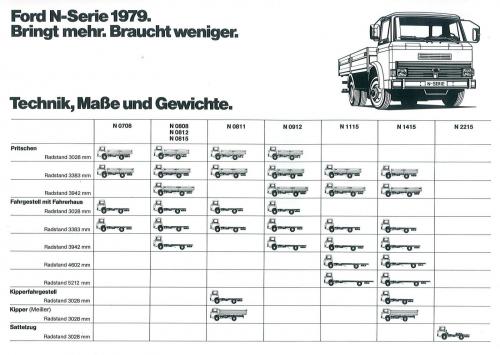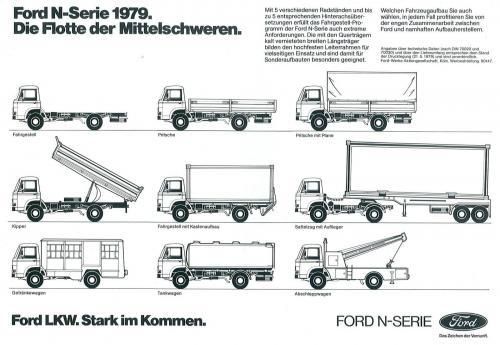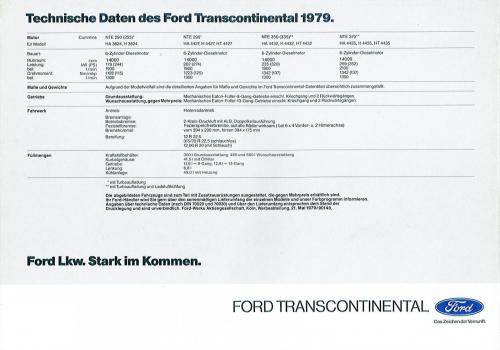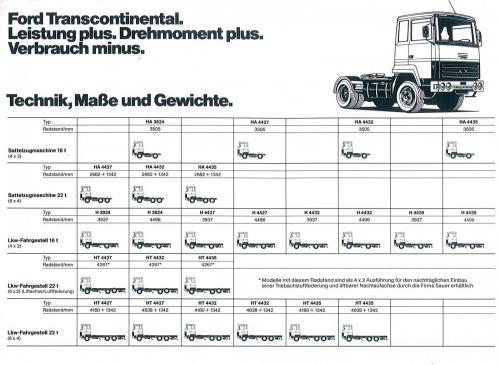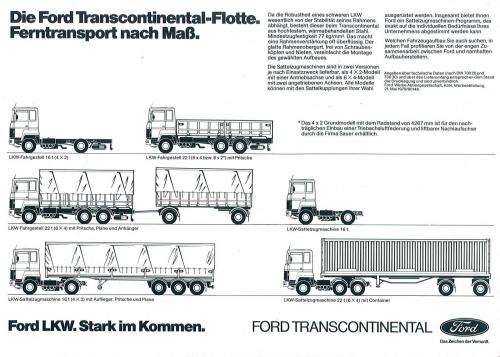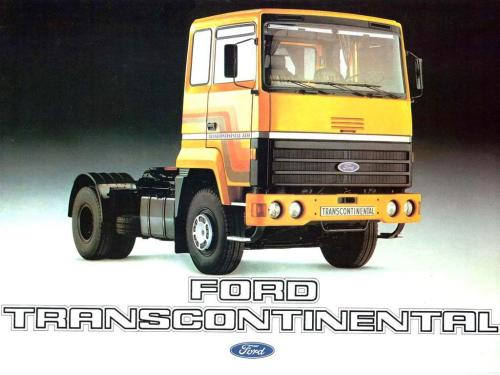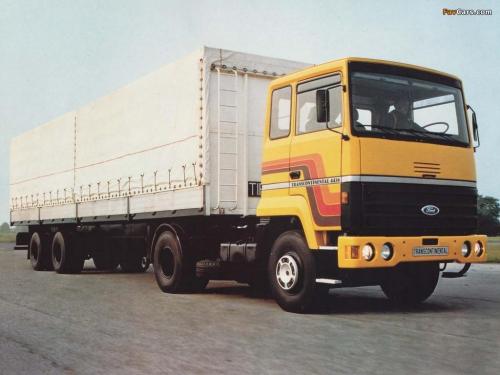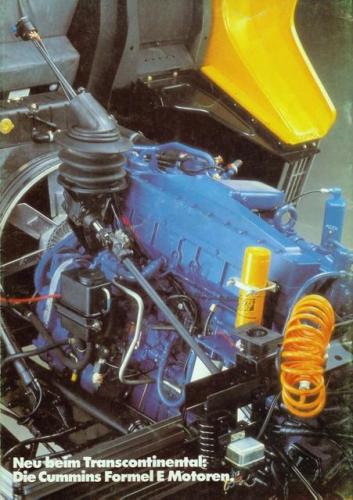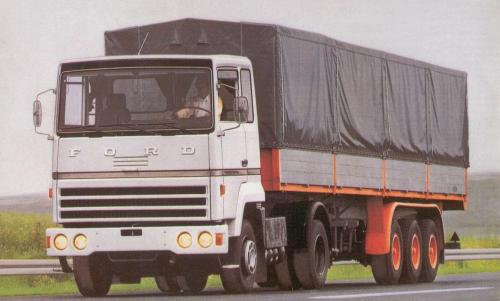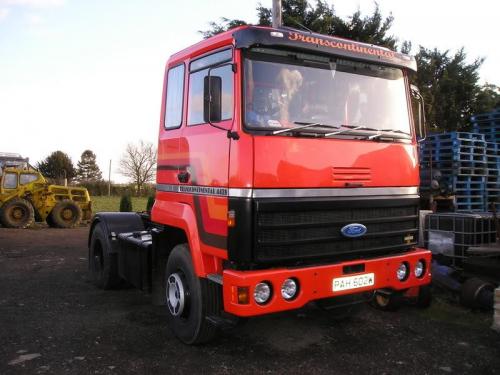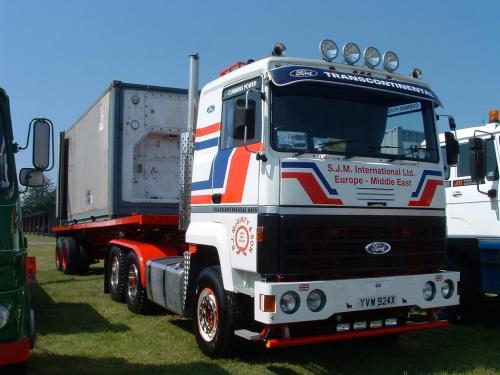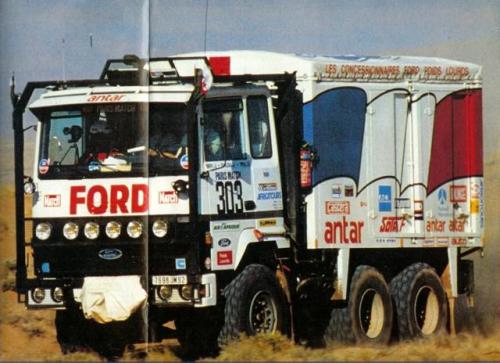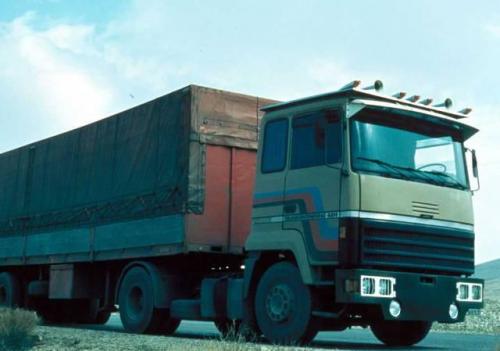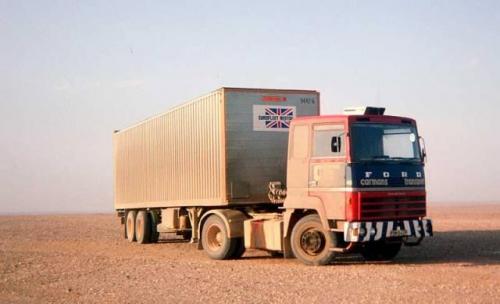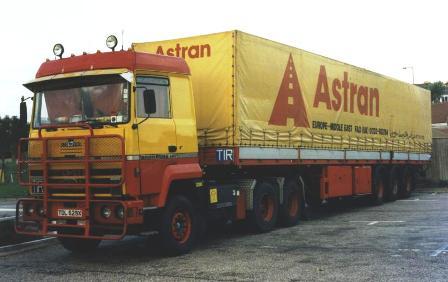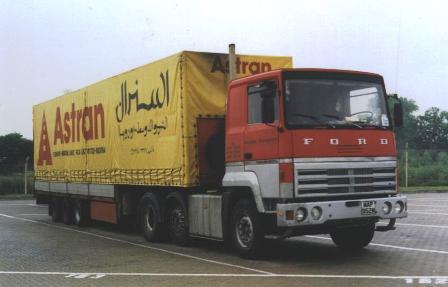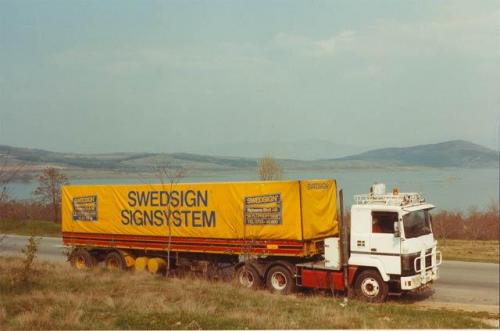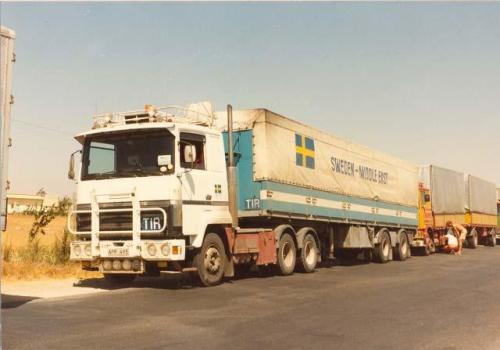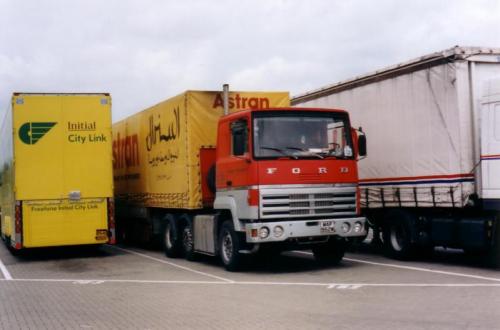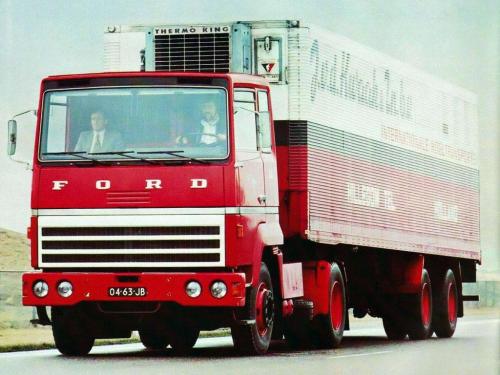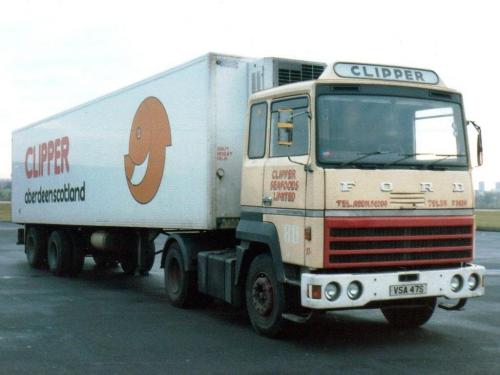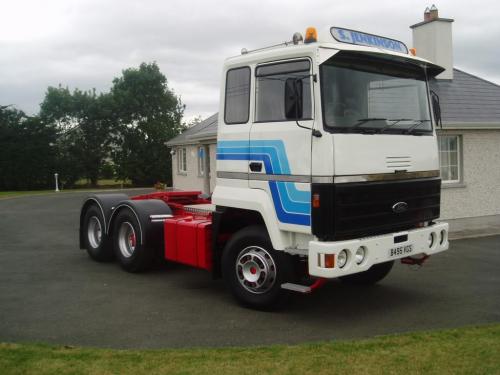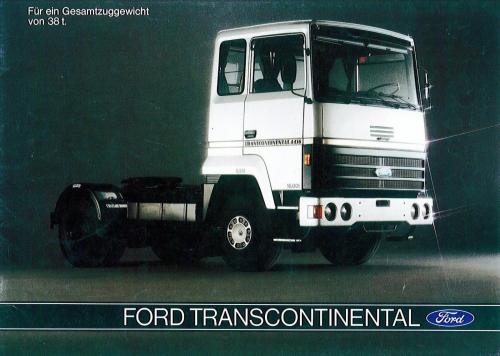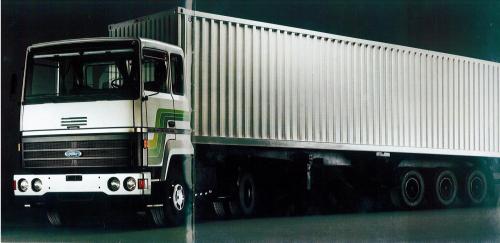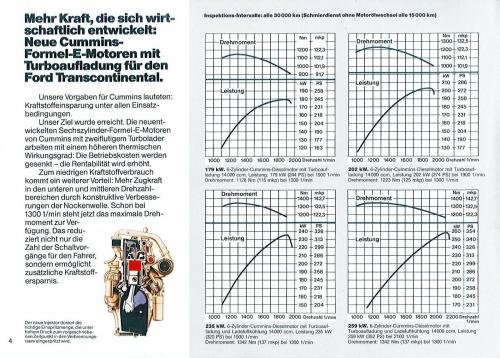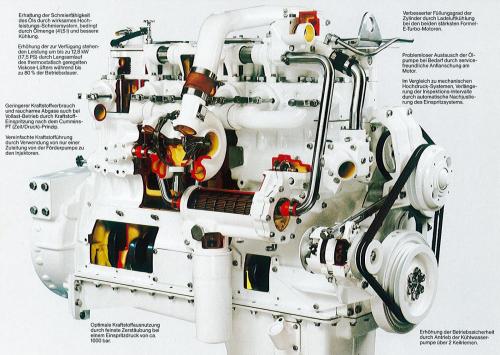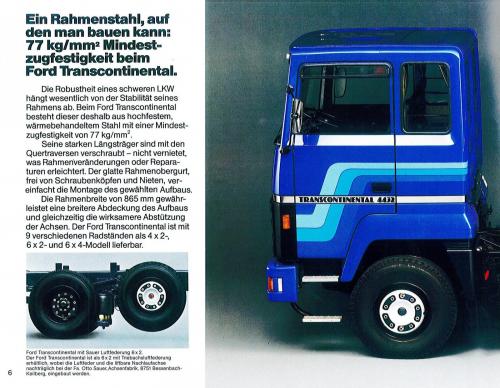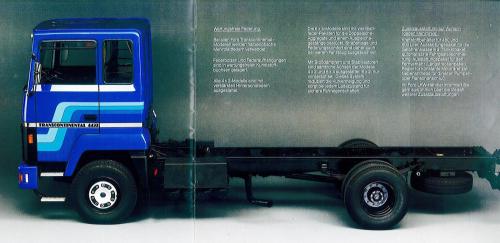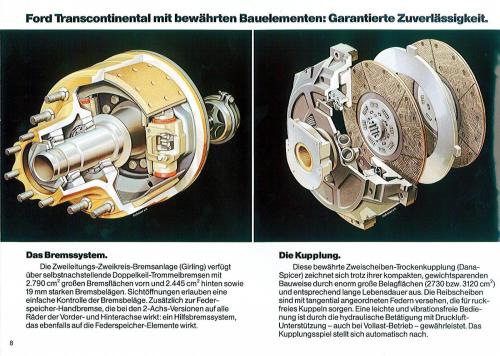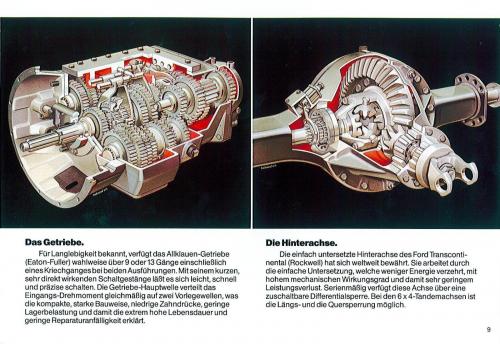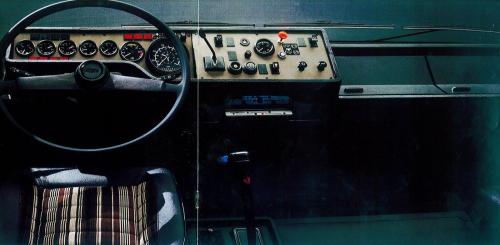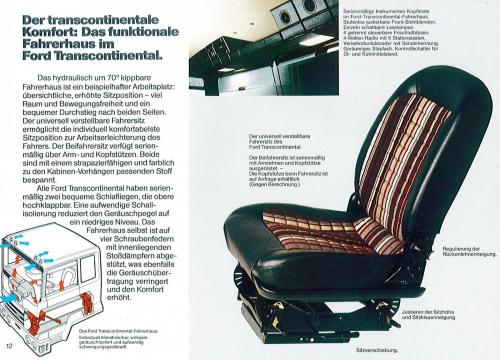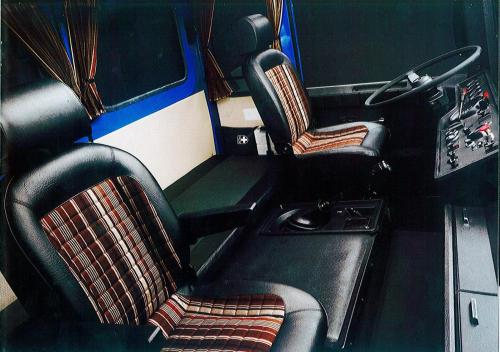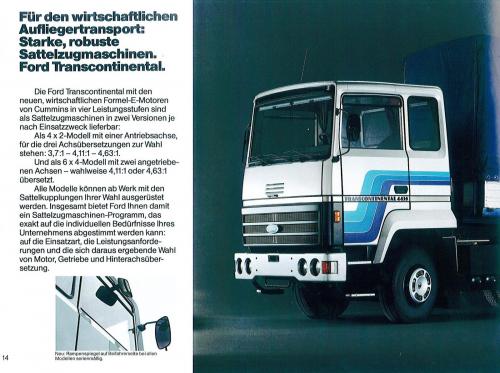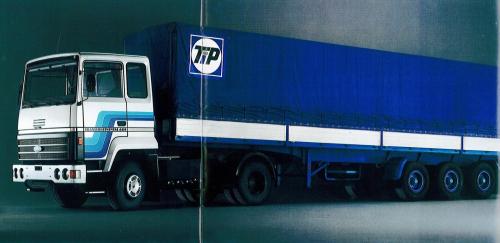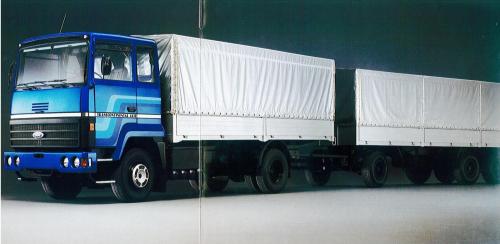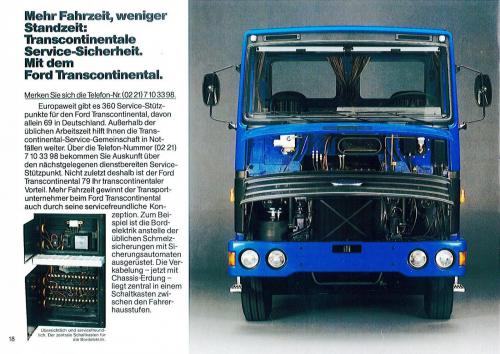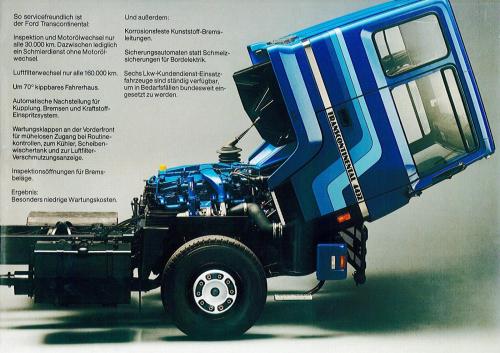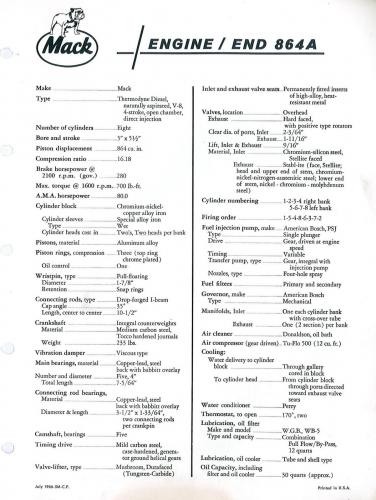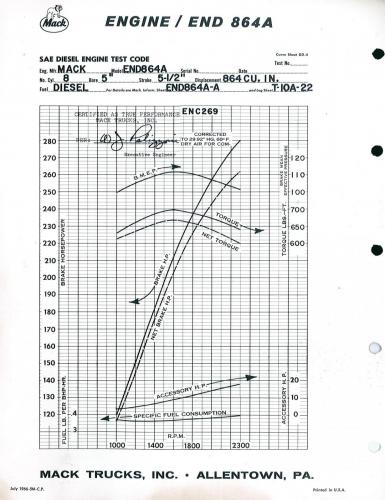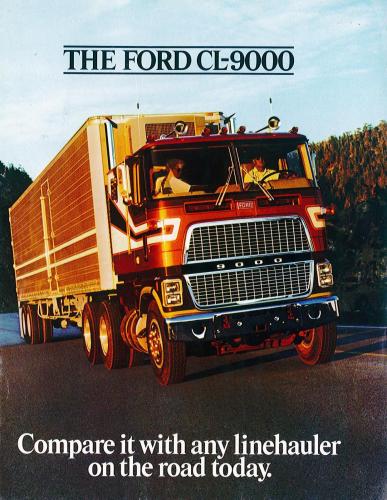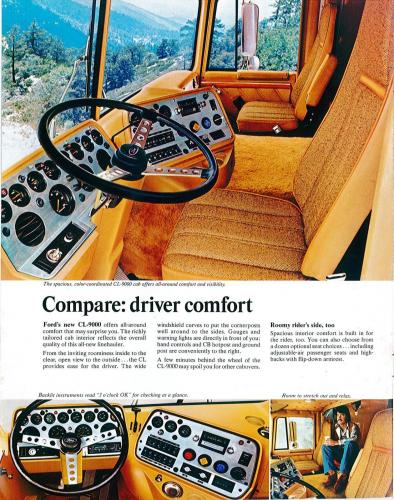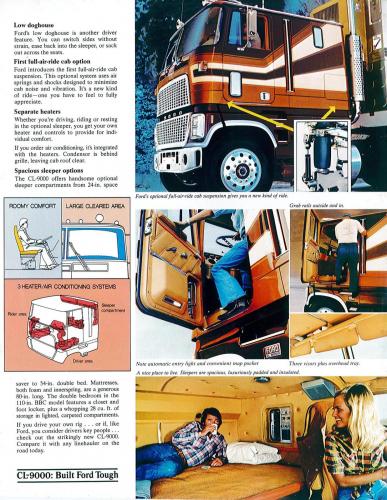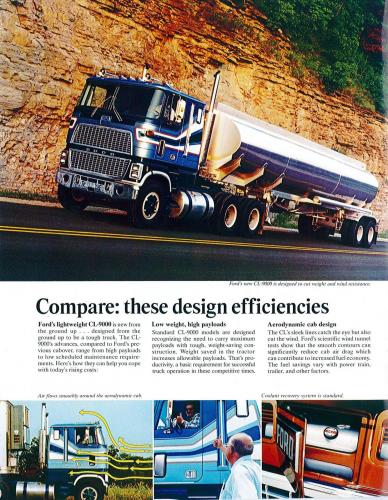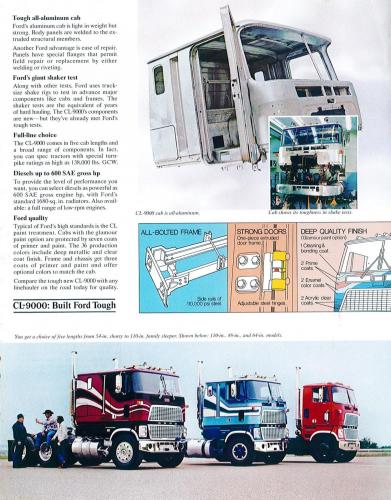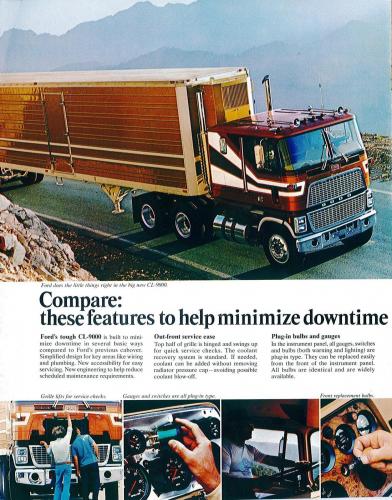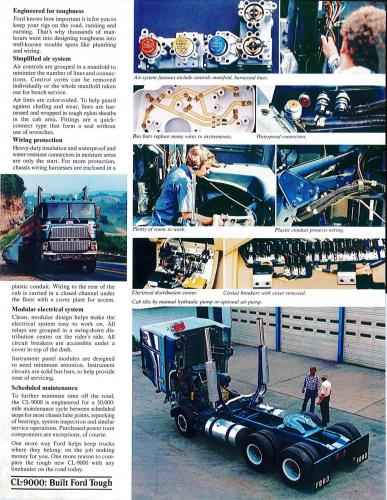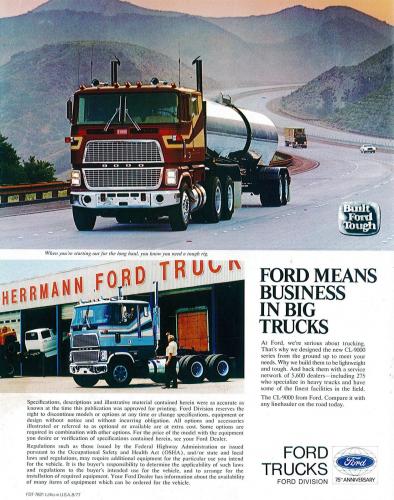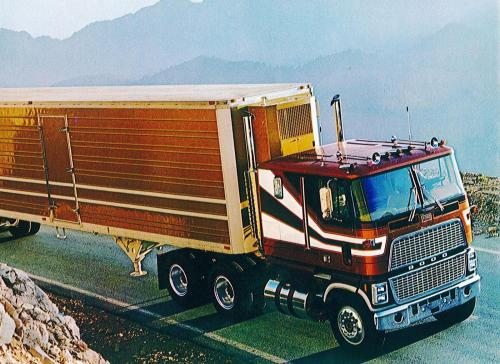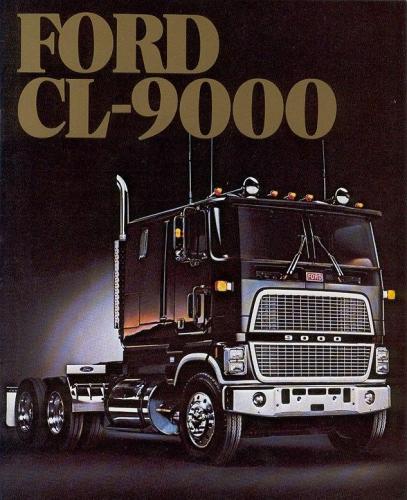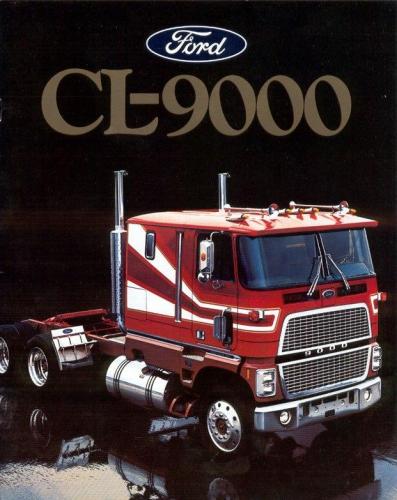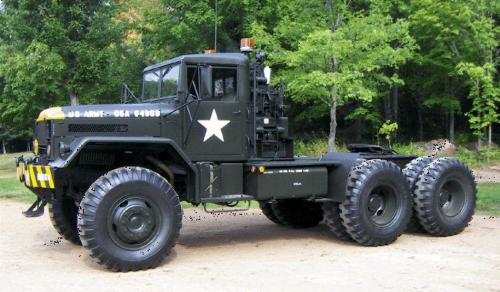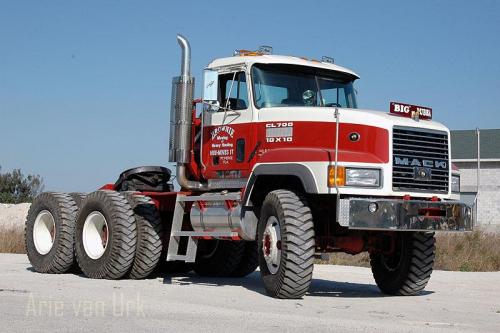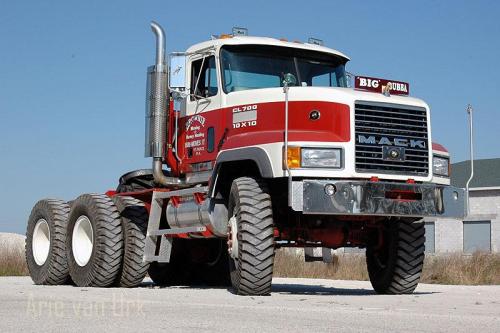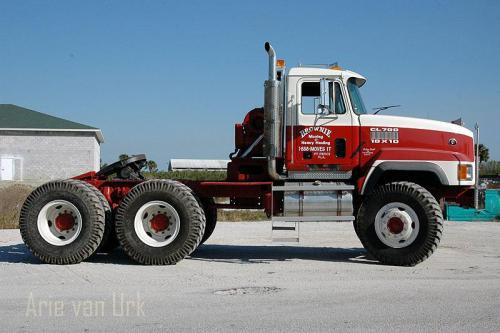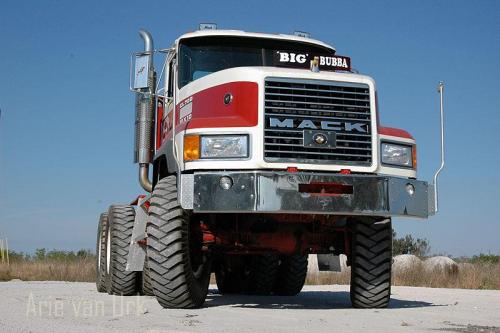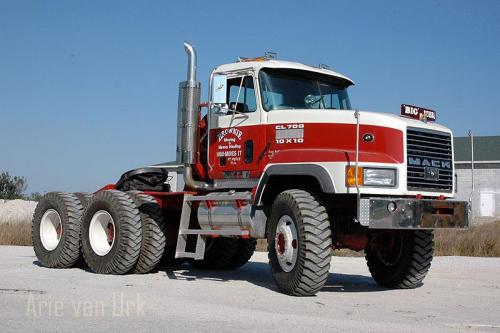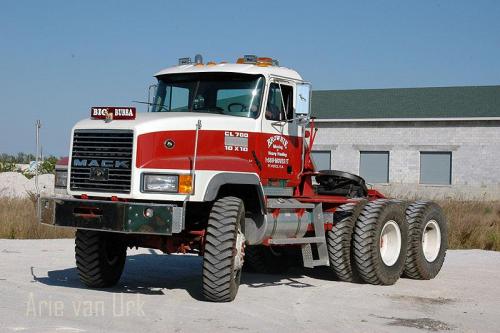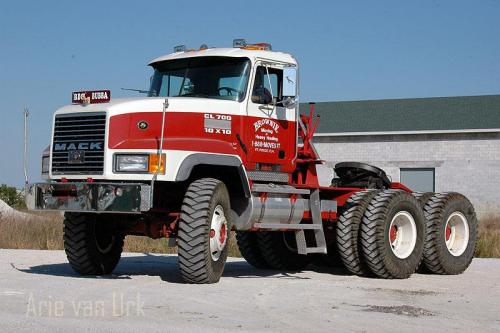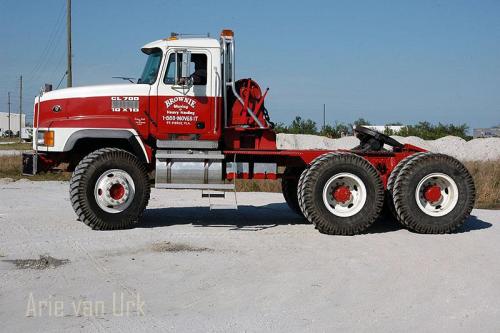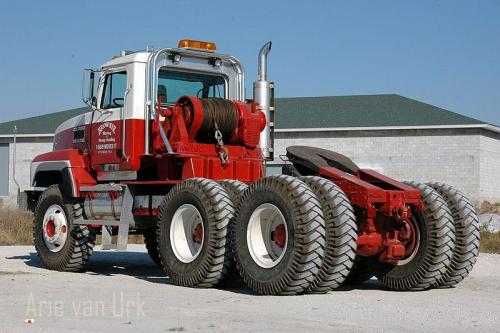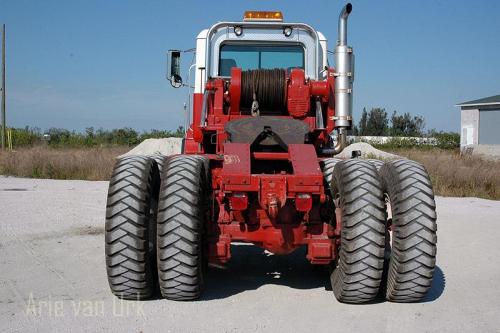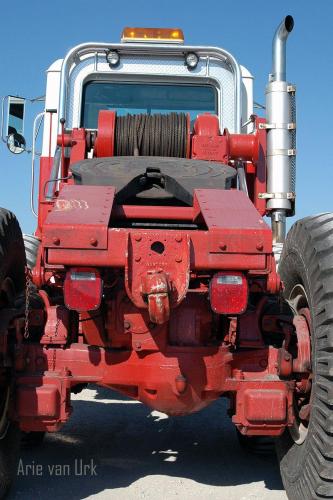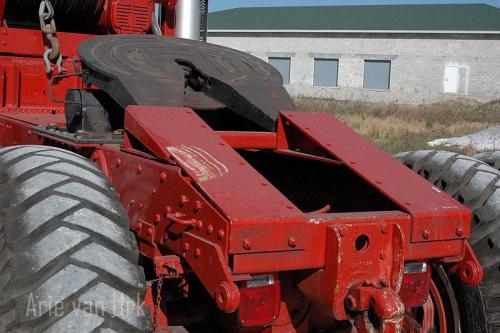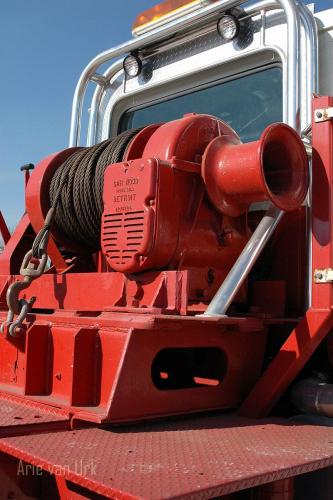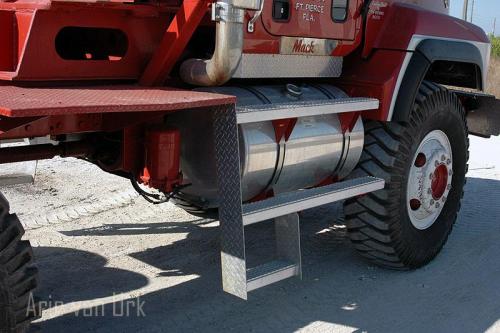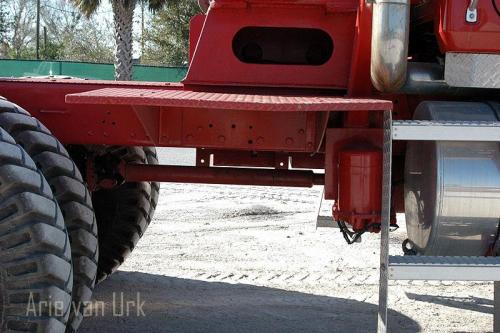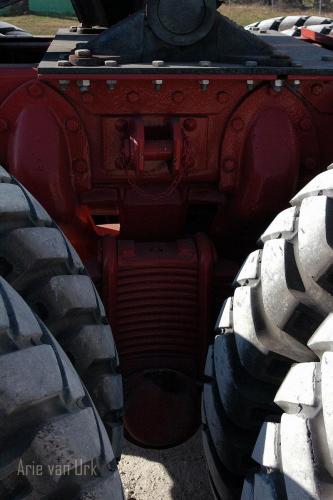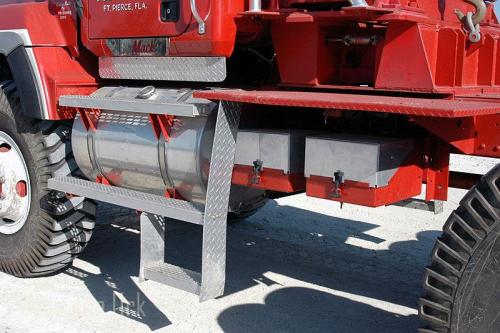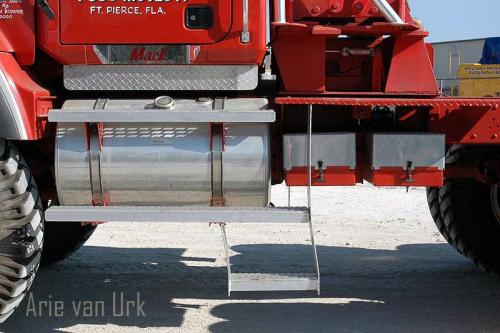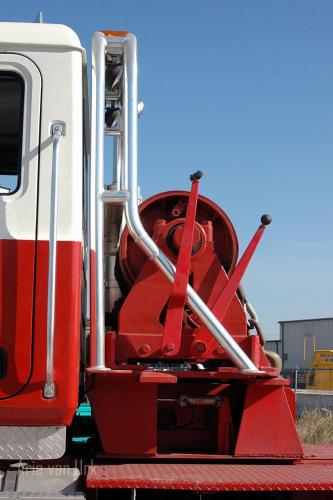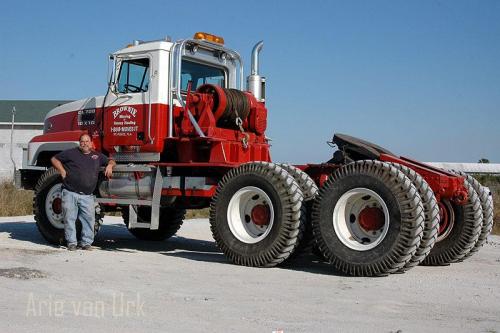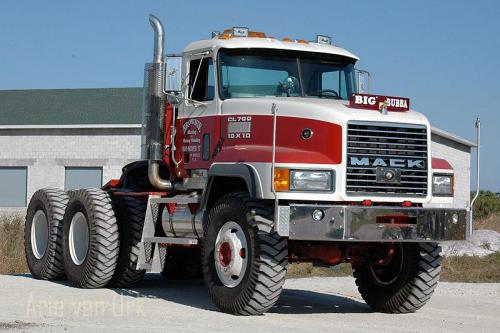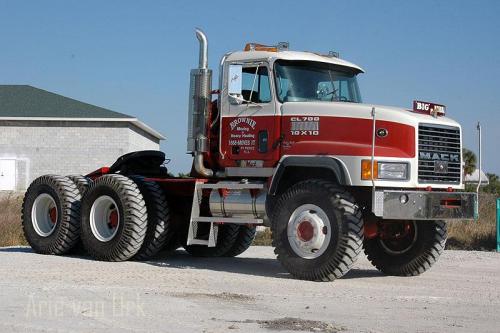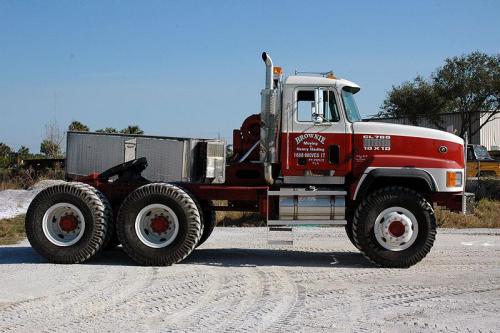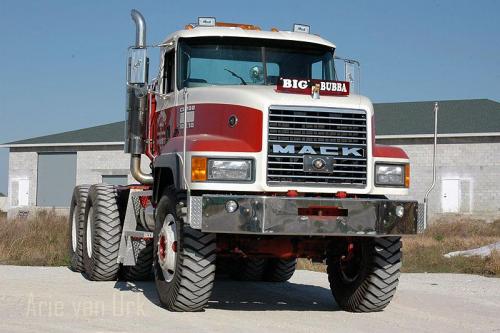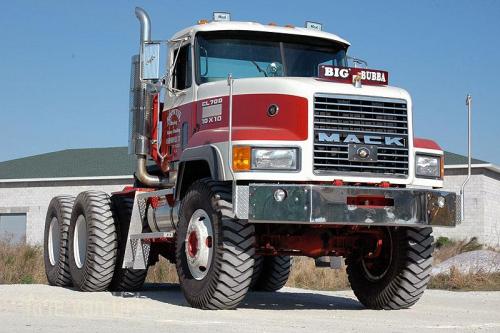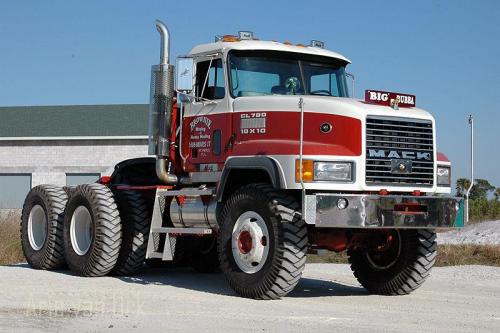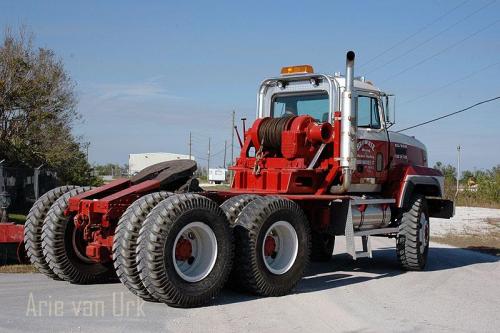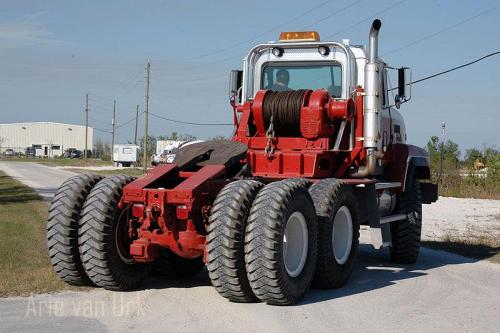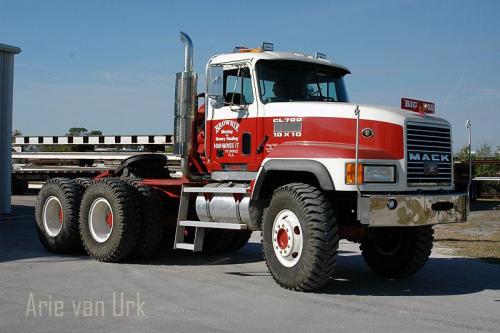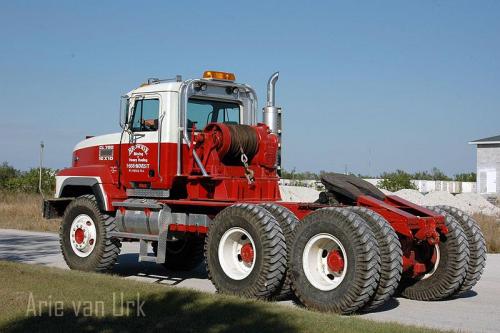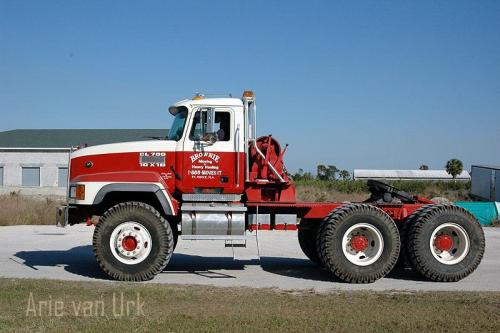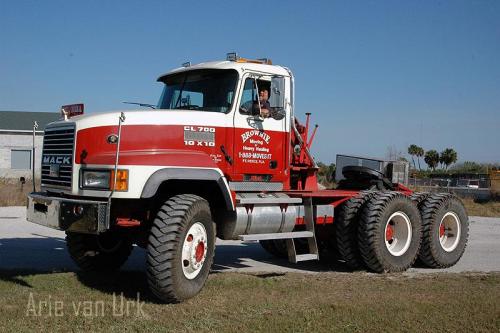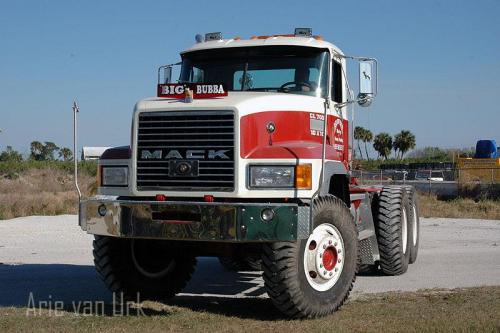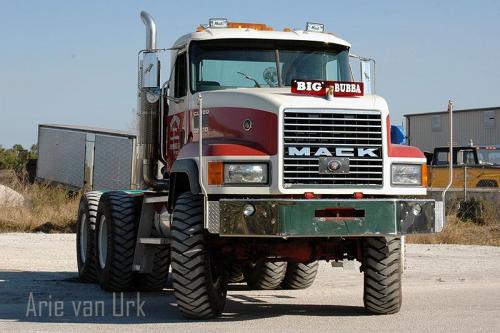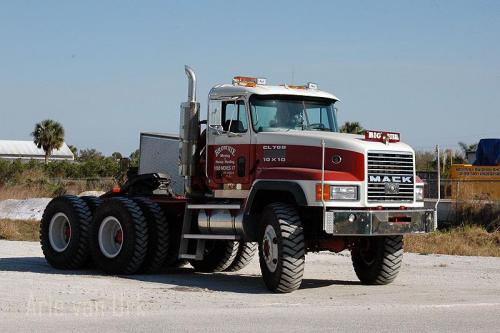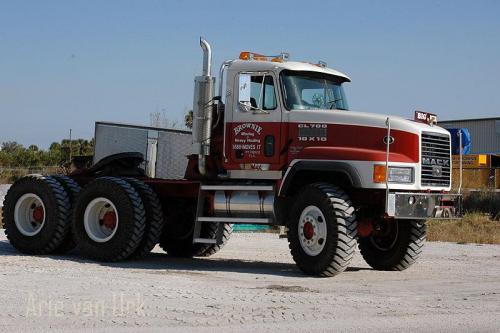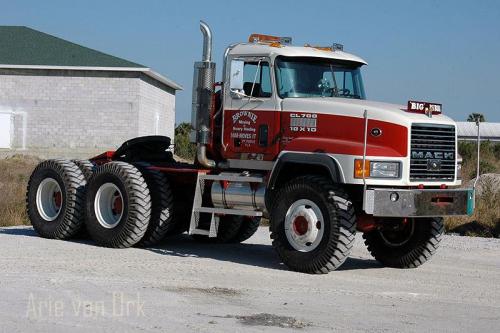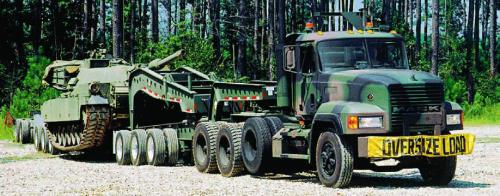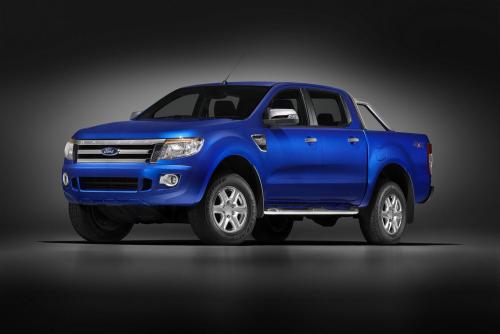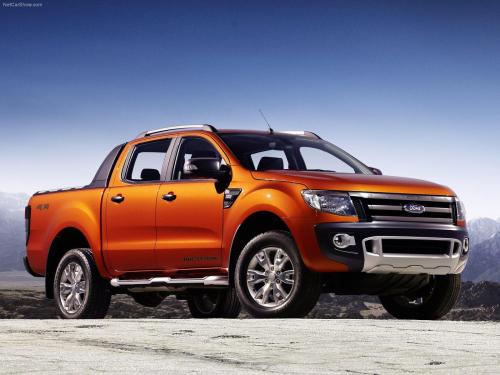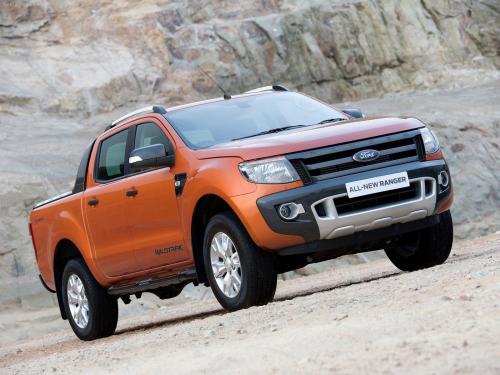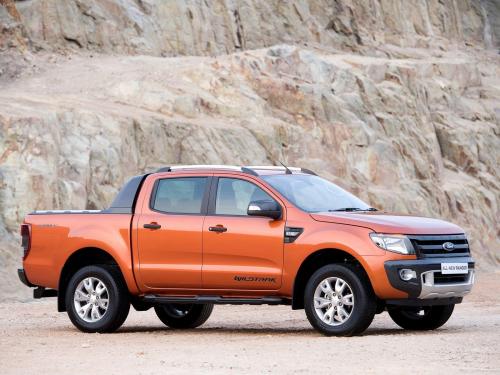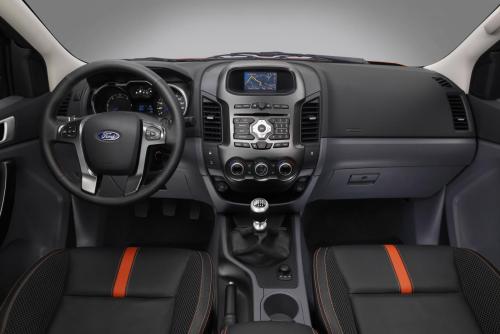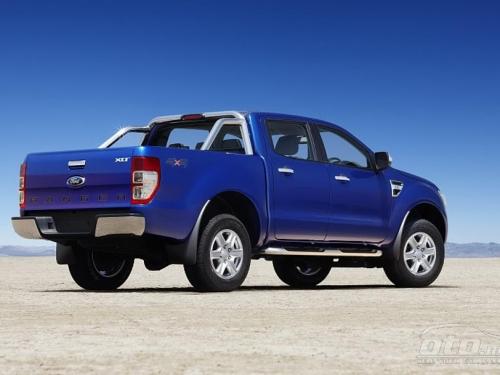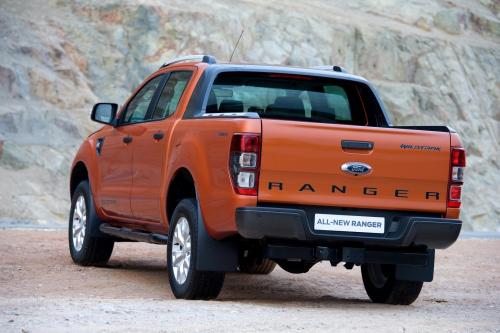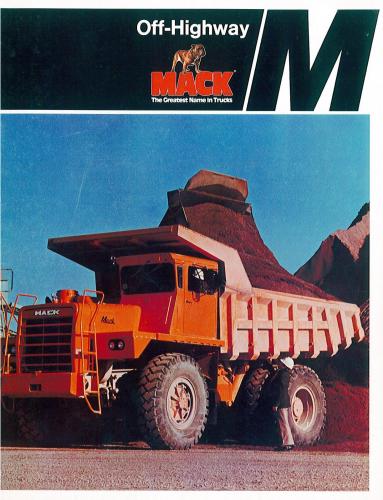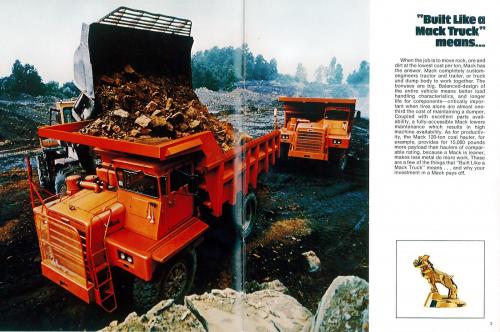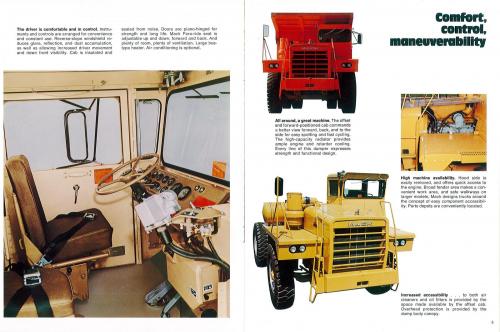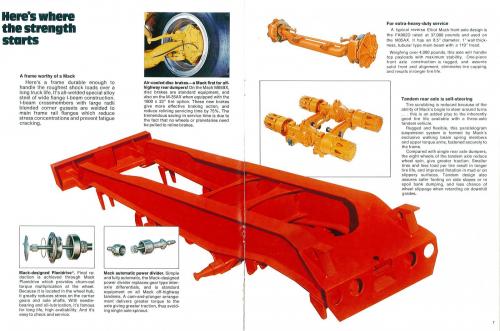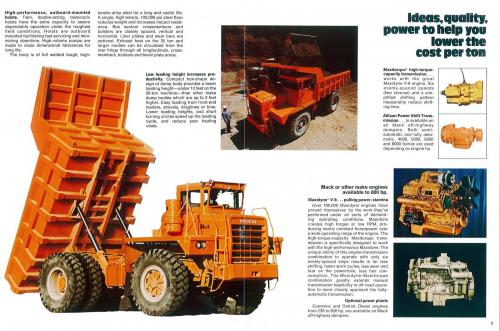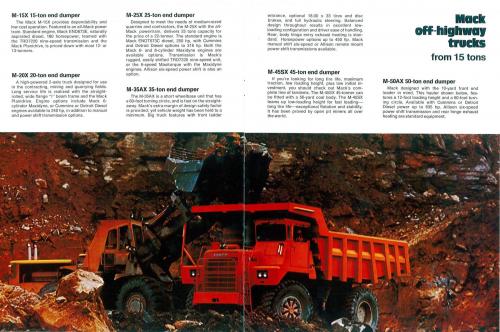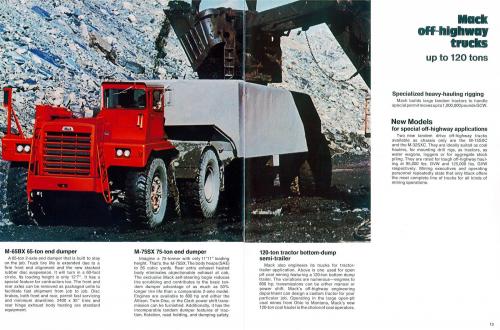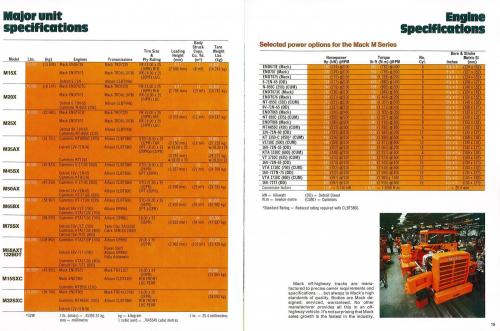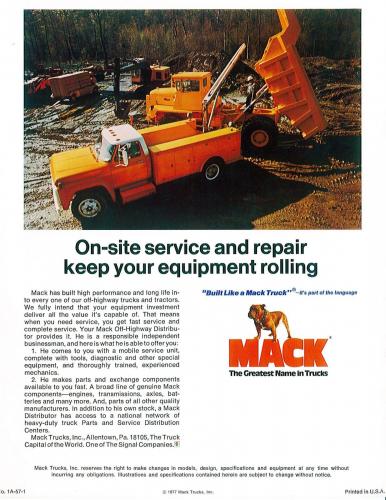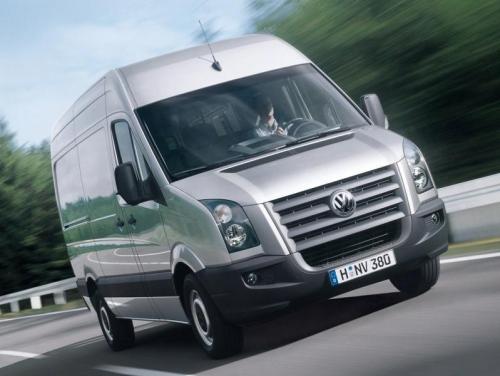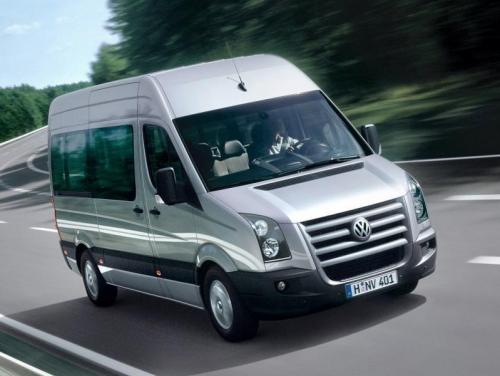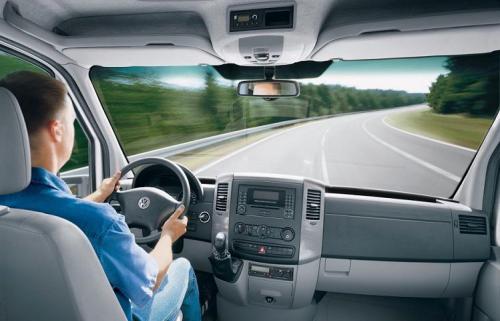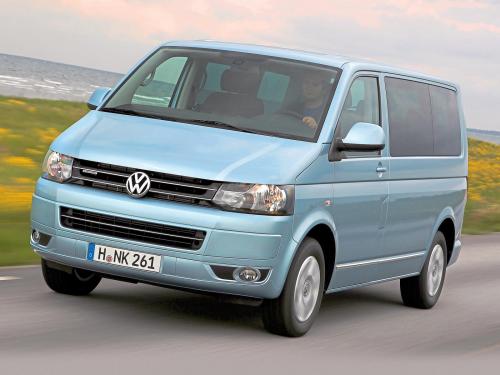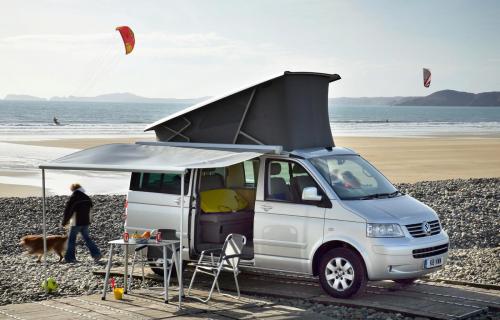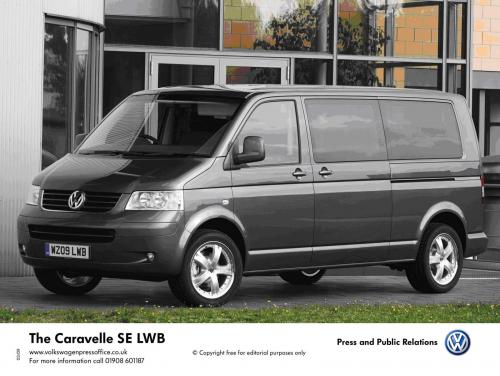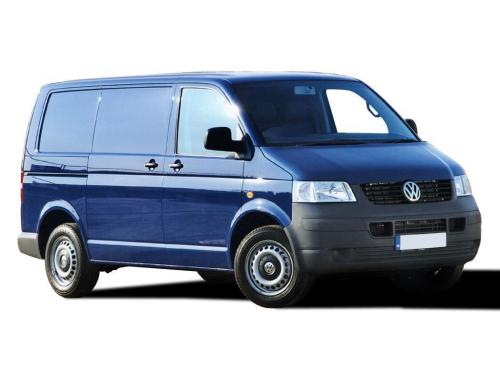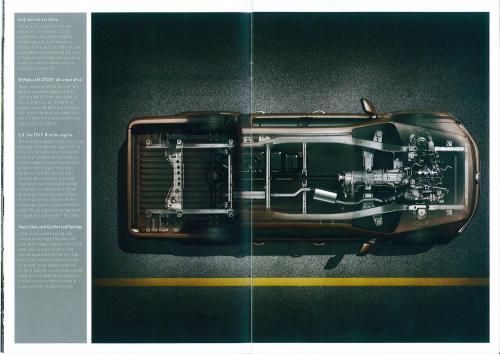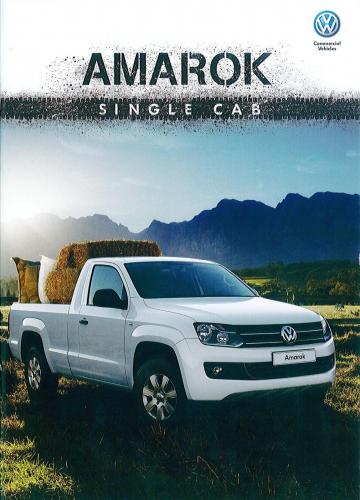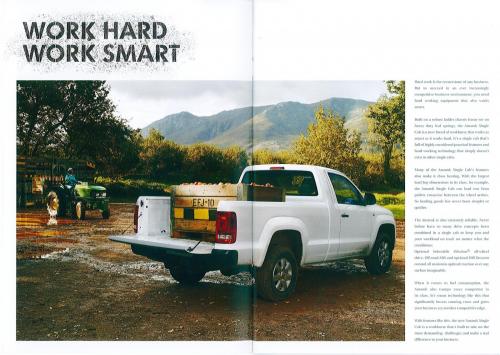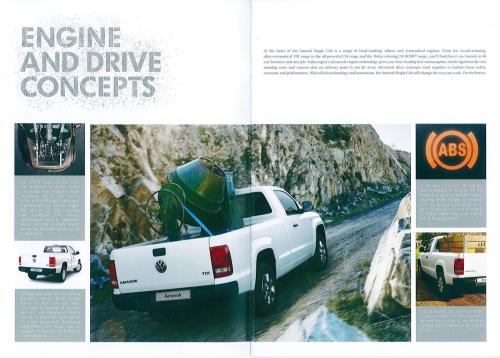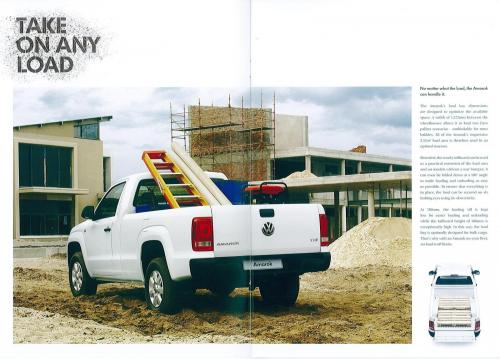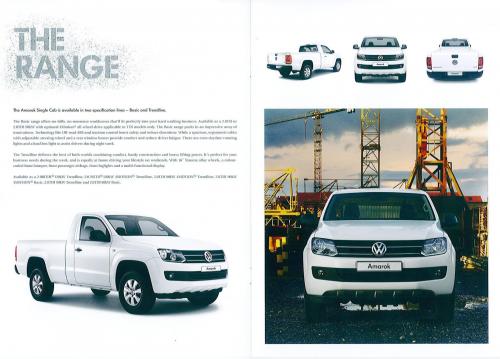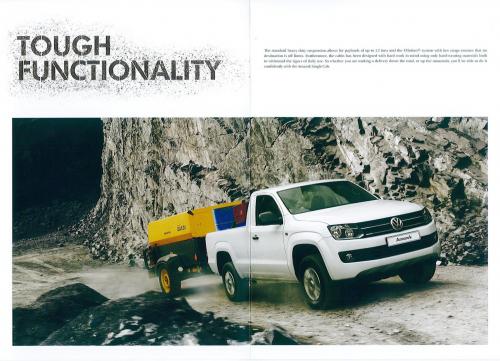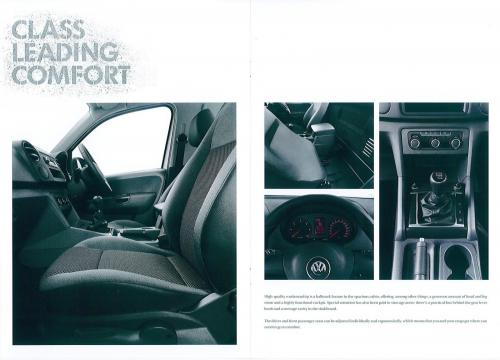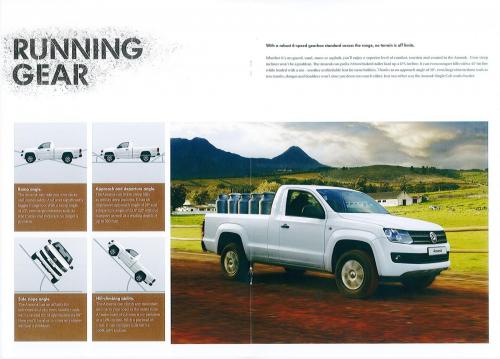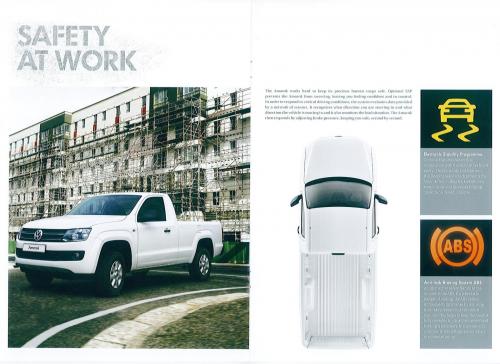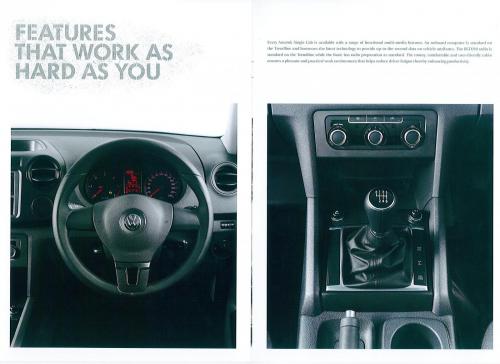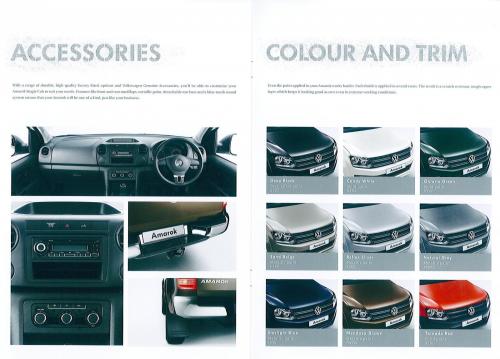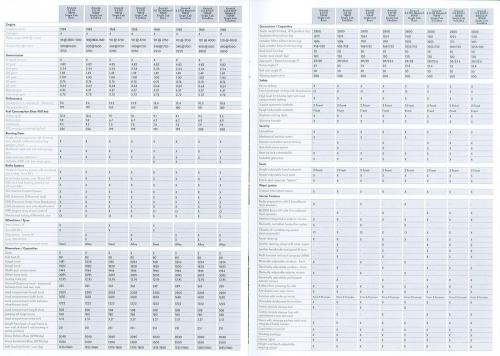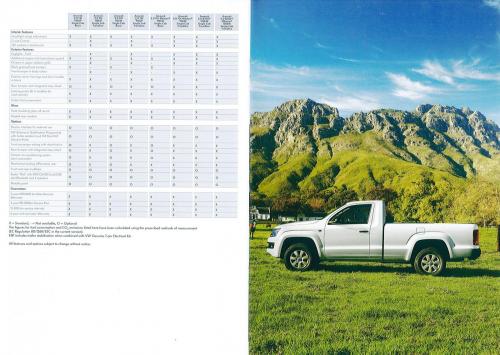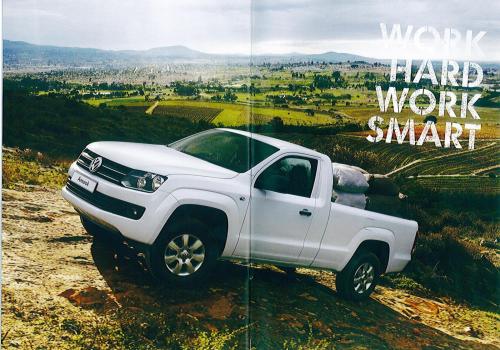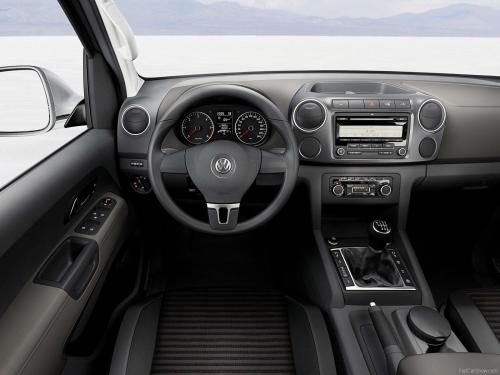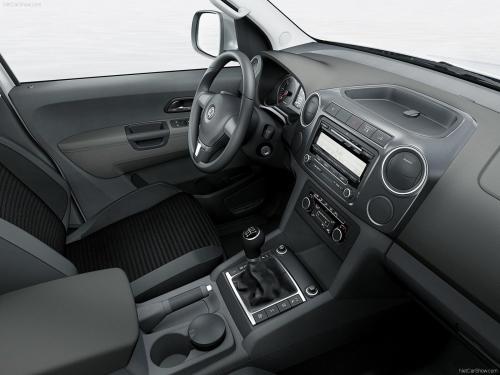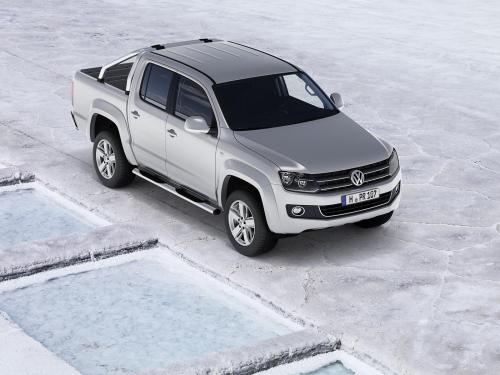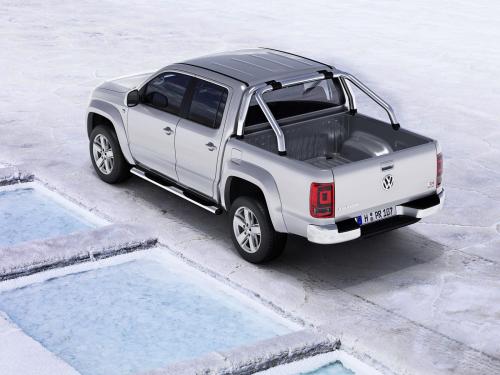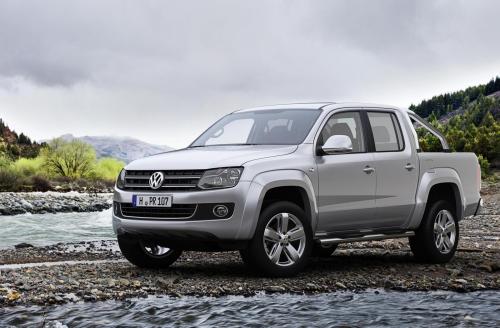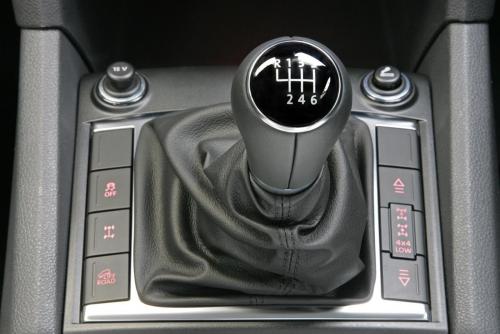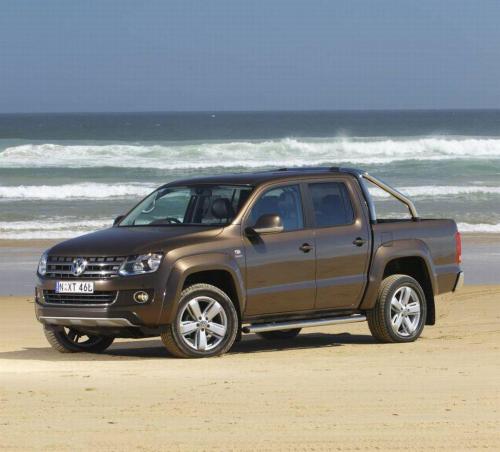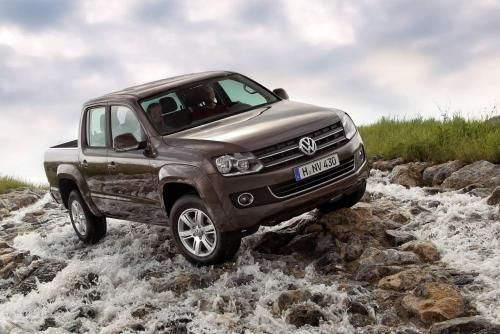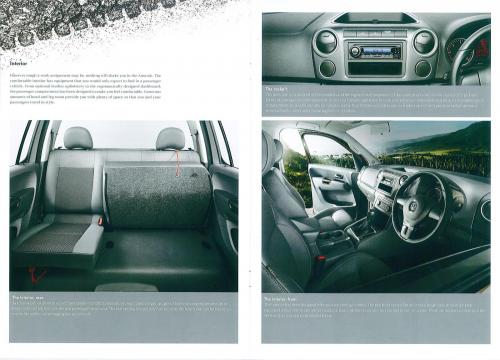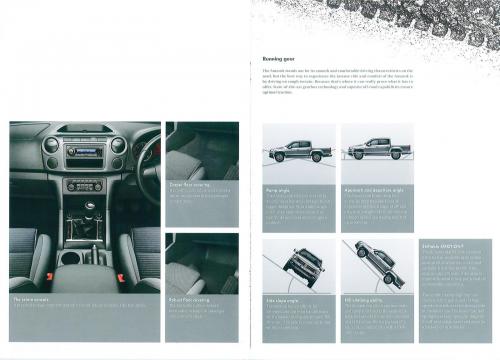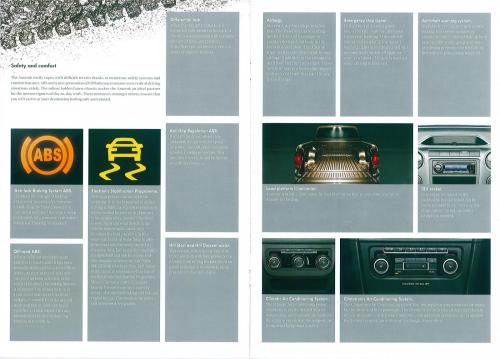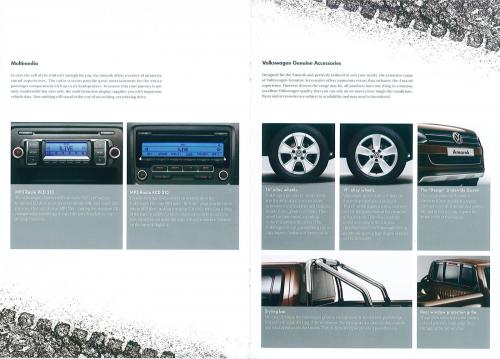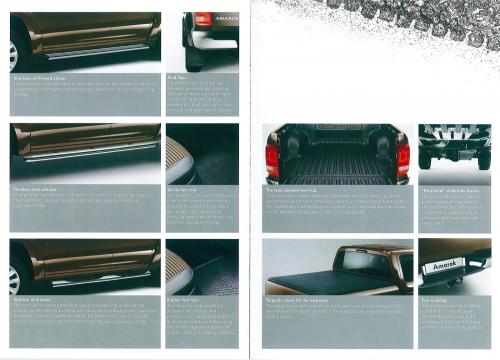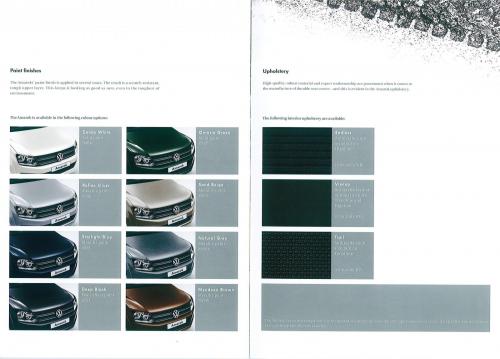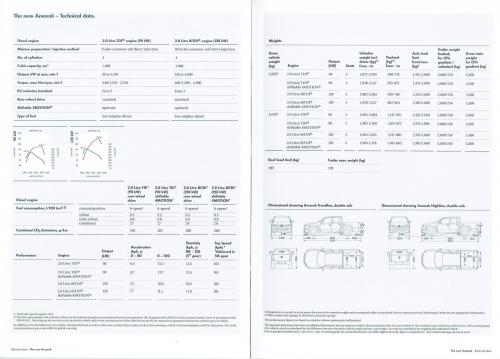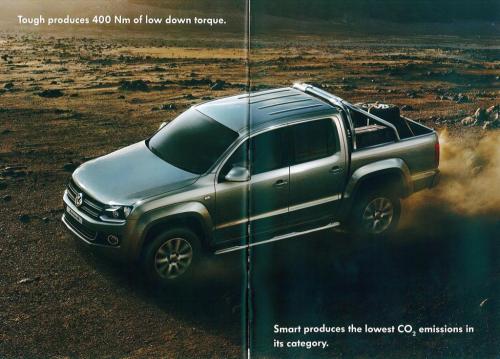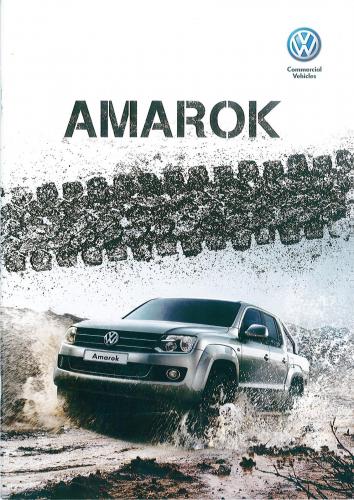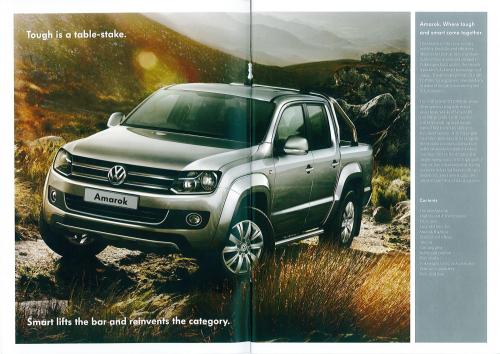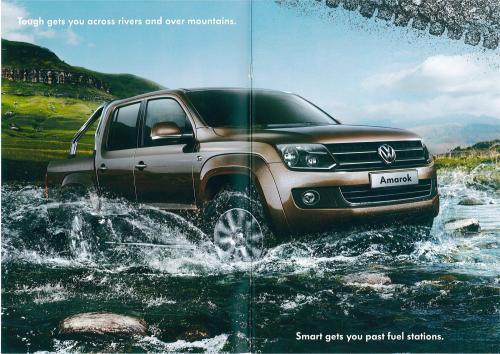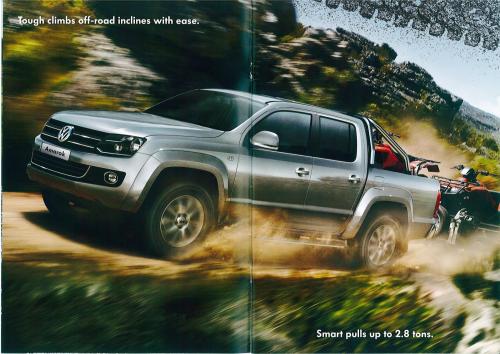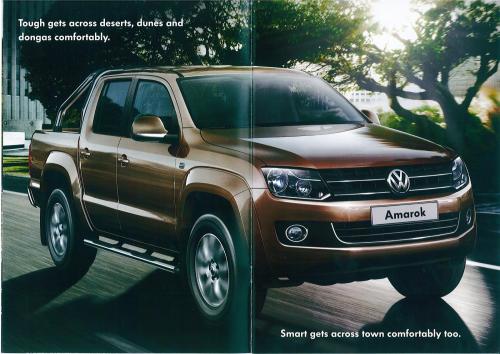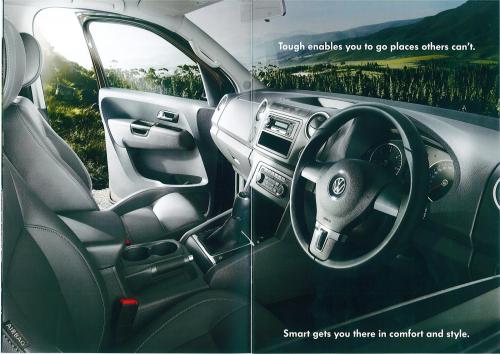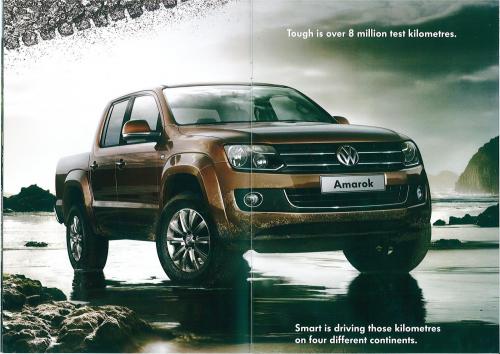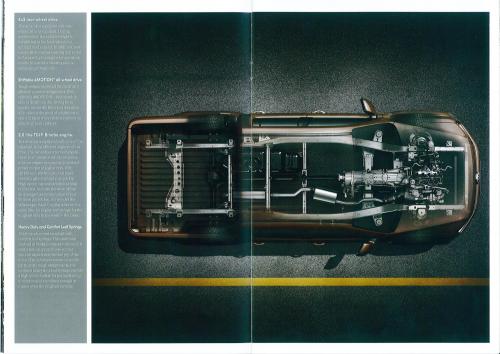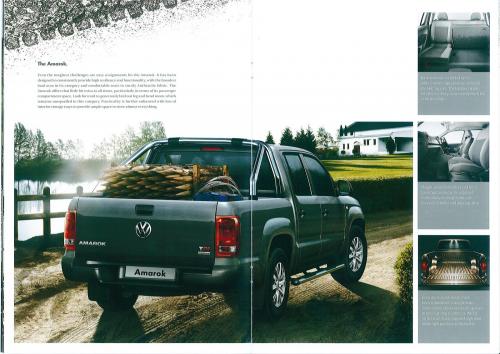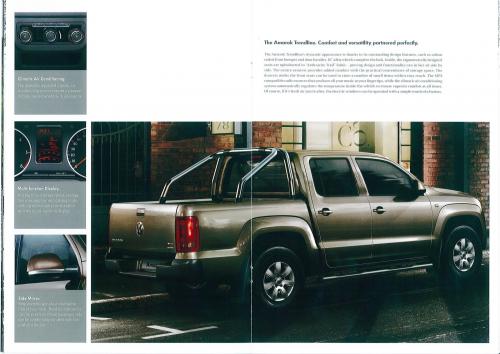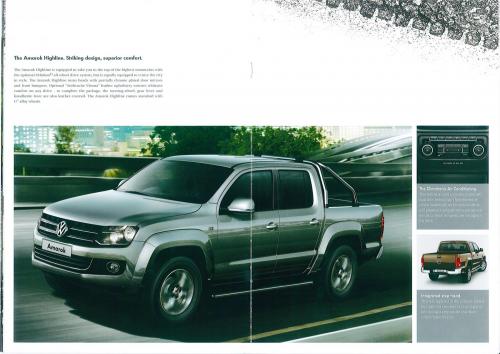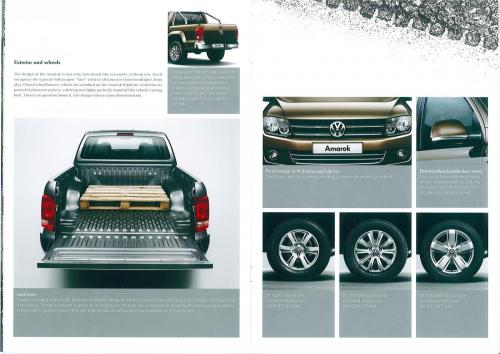
kscarbel
Pedigreed Bulldog-
Posts
1,114 -
Joined
-
Last visited
-
Days Won
8
Content Type
Profiles
Forums
Gallery
Events
Blogs
BMT Wiki
Collections
Store
Everything posted by kscarbel
-
Fleet Owner / March 11, 2013 NASHVILLE, TN. Cummins and Eaton have jointly developed a new powertrain package they say will deliver 3% to 6% better fuel economy compared to existing engine-transmission combinations. The manufacturers said the package will also lower PM costs and provide “total lifecycle cost improvements.” The package combines the Eaton Fuller Advantage Series AMT transmission—which debuted last month—with two specific ratings of the new Cummins ISX15 SmartTorque2 engine. The combo will be available starting this fall for linehaul, regional-haul and LTL truck applications. The package specifically consists of the Eaton Fuller Advantage Series AMT transmission offered as a small ratio step overdrive model and these two Cummins ISX15 SmartTorque2 ratings: the ISX15 415 ST2, with torque of 1,450 lbs.-ft. to 1650 lbs.-ft., and the ISX15 450 ST2, with torque of 1,550 lbs.-ft. to 1,750 lbs.-ft. Speaking at a news conference here ahead of the Technology & Maintenance Council ‘s meeting, both companies said the package result from a “long-standing collaboration” between Eaton and Cummins. “Cummins and Eaton have had an extensive technical and business relationship over the years, in which we have collaborated on powertrain solutions for the North American on-highway markets that we serve,” said Lori Thompson, Cummins vice president-truck & bus OEM business. “This latest chapter in our partnership combines some of the best technologies from both companies, and makes them smarter, delivering the level of fuel economy improvements that our customers have come to expect.” “The collaboration between the Eaton and Cummins teams has resulted in a superior powertrain package with which both fleet owners and professional drivers will be thrilled,” said Tim Sinden, president—North American Truck Operations for Eaton’s Vehicle Group. “The level of integration between this transmission and engine is best in class in the North American heavy-duty truck market.” The manufacturers said that via a “combination of hardware and software enhancements,” the powertrain package’s benefits include: Integrated power, fuel and shifting strategies to provide a 3-6% fuel economy improvement for linehaul and regional-haul applications.Optimized engine and transmission communications and new control logic that enable further engine downspeeding in the overdrive position and the “effective use of direct drive technology in operational conditions required for a blend of perfect efficiency.” According to Eaton, a key feature of the Advantage Series transmission is the elimination of the cooler, as it helps reduce the overall package weight and improve reliability. Combined with the use of aluminum for the rear transmission housing, range cylinder, shift bar housing and the shift tower along with a thin wall, cast iron main case design, the new transmission weighs 75 lbs. less than Eaton’s UltraShift PLUS LAS base automated model. In addition, a new precision system for transmission lubrication further enhances fuel economy by reducing churning losses. The manufacturers stated that the new combo has been “designed specifically to work smarter to maximize fuel economy benefits”. Cummins said its ISX15 SmartTorque2 ratings are “next generation” and precisely manage the power needed for the load demand. The Vehicle Acceleration Management is a patented Cummins electronic feature that the company said manages vehicle acceleration for smoother shifting and so contributes to fuel economy benefits in stop-and-go duty cycles found in regional haul applications. The powertrain package is currently undergoing field-testing with various sized fleets, and initial testing and customer validation results are confirming the 3% to 6% fuel economy improvement, according to Cummins and Eaton.
-
Navistar Promotes Clarke to CEO as Campbell Exits Company
kscarbel replied to kscarbel's topic in Trucking News
Let’s go over the history. Ford and Navistar formed the 50/50 joint venture Blue Diamond Truck Co. LLC in 2001 in Escobedo, Mexico to jointly build medium trucks. The propaganda speak was Ford wanted to tap the expertise of a company known for heavy trucks, while Navistar said it wanted to work with a global leader in lighter commercial vehicles. But the companies began fighting in 2006, blaming each other for defective Powerstroke diesel engines popular in Ford pickups (injector failures). The companies sued each other in 2007 and settled 2009. As part of the settlement, Navistar took over 75% of Blue Diamond which continued to produce F-650s and F-750s. Under the new arrangement, Ford dealers were unhappy with the competiveness of the product (lack of product upgrading) and the way Navistar controlled the pace of deliveries. In October 2011, Ford announced it will move F-650/F-750 production out of Blue Diamond and back to the U.S., assembling the trucks in Avon Lake, Ohio. Ford’s press release stated “The shift in truck production will mean the end of Blue Diamond Truck LLC, the joint venture Ford has with Navistar to build the trucks”. The release further said “The change was prompted by the business needs of Ford.” As shown in Navistar’s 2011 10-K, Ford notified Navistar in December 2011 of its intention to dissolve the Blue Diamond Truck joint venture effective December 2014. So to answer your question, Blue Diamond is over and Ford has moved on. The installment of Clarke as Navistar’s new CEO has no effect on the situation. Note: The 1997 F-650/F-750 was supposed to share the all-new HN80 cab with the new AeroMax and Louisville, but the heavy truck sale to Daimler changed the fate of Ford’s medium truck range. -
In 1973, Ford-Werke AG (Cologne, Germany) revived its truck division and introduced the Ford N-Series (Ford Germany had terminated its long-running Transit range in 1961). (Don’t’ confuse the Ford-Germany N-Series with the U.S. market short nose conventional Ford N-Series) .
-
When Ford roamed the World - The Transcontinental
kscarbel replied to kscarbel's topic in Other Truck Makes
Designed at Ford's R&D center in Dunton, England, the Transcontinental used a modified version* of the then new "TR" cab produced by French truck manufacturer Berliet. The Transcontinental used a modified Ford Louisville chassis imported from the US. Transmissions included Eaton Fuller RT9505s and RTO9513s Single rear axles were 11.5 ton (25,353lb) Rockwell R180s, and 13 ton (28,660lb) Rockwell U180s. Tandem rear axles were 18-ton (39,683lb) Rockwell SHDs and SHRs. Amongst the many modifications for Ford, the Transcontinental version of the Berliet TR cab featured a 4-point suspended cab mounting and a full-size sleeper area. . -
Two years after Ford launched the cutting edge CL-9000 in the US market, the company was introducing the second generation Transcontinental in Europe. The name itself conjures up the journeys these trucks made, from the UK to North Africa, and from Belgium via the MIddle East to Iran. Ford entered the European heavy truck market with the Transcontinental Mark 1 in 1975, In 1979, Ford launched the Mark 2. Mark 1s had small cam Cummins NTCs, while Mark 2s had "big cam" Cummins NTEs (E standing for Europe). Production ended in 1984. Most were produced in Holland (Amsterdam) while a few were produced in the UK at Foden. When Transcontinental production ended in 1984, Ford introduced a range of Class 8 Cargo tractors rated from 28 tons (61,729lb) to 38 tons (83,776lb) GCW (The Ford Cargo series had been launched in 1981). The 38 ton GCW Cargo tractors had Cummins L10 power, while the 28 ton and 32 ton (70,548lb) tractors were available with Perkins, Cummins and air-cooled Deutz diesels. In 1986, Ford sold its European truck operations to Iveco, after which the trucks were badged Iveco-Ford. Iveco closed the UK Ford plant in 1997, but Ford Motor Co. continued Cargo production at Ford Brazil and Ford Otosan (Turkey). (UK Ford Cargo production actually ended in 1993 when Iveco superseded it with the “Eurocargo” series)
-
The initial problems with the cab air springs were resolved. The CL-9000 has no relationship whatsoever with the Mack MH Ultra-Liner. The cab construction is entirely different.
-
Navistar Promotes Clarke to CEO as Campbell Exits Company
kscarbel replied to kscarbel's topic in Trucking News
So Campbell is bailing after just 6 months as Navistar CEO. With his Textron background, Campbell wasn't the least bit qualified to run Navistar. And now the board is putting their money on Clarke, a former GM car guy who is just as much trouble to Navistar as Ustian and Campbell were. He knows how to talk a very good line, but he's not a truck guy. I'm a Mack man, but to see decades of talent leave Navistar in recent years due to the arrogant and incompetent management of Ustian and Clarke is sad by any measure. -
Bloomberg / March 8, 2013 Navistar stock rose the most in more than 4 years after naming a new CEO who said the money-losing truckmaker may return to 2011 market share as soon as the 4th quarter. Navistar soared 28% to $31.89 at the close in New York, the biggest daily gain since November 2008. On April 15 President Troy Clarke will become CEO, interim boss Lewis Campbell will leave and James Keyes will become chairman, the company said today. Navistar said first-quarter cash use was less than forecast. The money-losing truckmaker may have as much as 18 percent of the market for Class 8 trucks in the U.S. and Canada in the August-to-October quarter, up from 11 percent for the one that ended in January, Clarke said today. A new engine with improved performance gives Navistar a chance to win over fleet owners, the largest couple hundred of which account for 80 percent of sales, he said. “Because you’re talking to other businessmen whose own businesses are cyclical and function in an environment of excess capacity, it becomes a very pragmatic and commonsensical discussion,” Clarke said in an interview. “I’ve been surprised at the brand loyalty they have evidenced toward us. We have a very fair chance to go in and earn this business based on the performance of our products.” Meeting Clarke’s target would restore Lisle, Illinois-based Navistar’s market share above its 2011 level of 17 percent. The company’s market share for Class 8 trucks, the backbone of interstate hauling, was 24 percent as recently as 2010. Cash Position The net loss for the November-to-January fiscal first quarter narrowed to $123 million from $153 million a year earlier, the company said in today in a statement. While it was the fourth loss in the past five quarters, Navistar ended the period with $1.19 billion in manufacturing cash and near cash, topping a forecast of $950 million to $1.05 billion. “There’s a lot that’s encouraging here,” Brian Sponheimer, a Gabelli & Co. analyst in Rye, New York, said in an interview. “But they are by no means out of the woods just yet.” Sponheimer has a buy rating on Navistar. Navistar gained 15 percent this year through yesterday, compared with the Standard & Poor’s 500 Index’s 8.1 percent gain, after dropping 43 percent last year and 35 percent in 2011. Mark Rachesky and Carl Icahn are the company’s two biggest shareholders, each with almost 15 percent. Icahn said he supports the promotion of Clarke, 57, a former General Motors Co. (GM) executive who joined Navistar in 2010. “In my view over the past year Troy Clarke has been the leading force in improving the company’s manufacturing operations and cost structure thereby proving that he is the right man to lead Navistar,” Icahn said in a statement. Short Tenure Campbell, former CEO of Textron Inc. (TXT), said when he joined the company in August that he expected “significant improvements” in the next 12 to 18 months. Campbell said on his first conference call with analysts and investors that he and his wife bought a house in the Chicago area. “As they say in poker, I am all in,” he said. The truckmaker had ousted Dan Ustian as CEO that month after an inquiry from regulators about its accounting and disclosures. As CEO, Campbell reversed course on an engine strategy that had failed to meet 2010 federal emission standards. He cut costs and focused on Navistar’s North American truck, engine and parts businesses. Keyes was chairman and CEO of Johnson Controls Inc. (JCI), the largest U.S. auto-parts company, stepping down as chairman in 2003. Navistar also avoided a proxy fight when the company agreed to add board members. Navistar added Rachesky as well as Icahn representatives, Vincent Intrieri and Samuel Merksamer, to the board in October and December. The timing of Campbell’s departure is a bit of a surprise, Sponheimer said, “however the board, by and large, is new and did not choose the CEO, so it’s less of a surprise than it probably should have been.”
-
Mack V8 ?'s
kscarbel replied to REOGasMackDiesel's topic in Antique and Classic Mack Trucks General Discussion
Plus the END864A rated at 280hp. My understanding is the V-8s from the 864 were developed with Scania. Note the performance is certified by none other that Mr. Win Pelizzoni, co-inventor (along with Mr. Walter May) of the high-torque rise Maxidyne engine technology. -
Ford surprised twice, first with the CL-9000 and later with the HN80 AeroMax/Louisville range. After the lackluster W-series, who would have thought Ford had it in them to design an impressive next-generation high cabover in 1977 with a 4-point cab air suspension and other comforts never before seen. .
-
The Granite-based MHD (medium heavy duty) is a pathetic attempt by Volvo North America to compete with the Freightliner Business Class M2 106/112 and the International WorkStar. If you want to compete in the municipal segment with a low-priced heavy truck, you need a purpose-designed product like the mid-range Freightliner Business Class M2 106/112 and the International WorkStar (I'm not a big fan of either product but the cities buy them). By taking the Granite and installing a low-priced Cummins ISL, a competitive product has not been realized. And of course, assuming Volvo had wanted to play off the former Mack Trucks' legendary reputation in the vocational sector*, putting any powerplant other than a Mack-branded product in this truck is nothing less than shooting yourself in the foot. * WIth Volvo VHD vocational truck sales already embarrassingly low, who would buy a medium VHD with a Cummins ISL?
-
Transport Topics / March 6, 2013 (INDIANAPOLIS) Mack Trucks introduced a 4x2 version of its Granite MHD (medium heavy duty) vocational truck here March 6 during the NTEA Work Truck Show. The truck is being offered exclusively with the Cummins ISL9 engine and a choice of an Allison 3000 automatic or Fuller manual transmission, said Curtis Dorwart, vocational product marketing manager, during an exclusive interview with Light & Medium Truck. Dorwart said the truck is tailored to small contractors, municipalities and utilities, among others, that need a Class 7 application. However, it can also be spec’d for Class 8 duty, he said. A short bumper-to-tire distance offers optimal front-end swing clearance and wheel cut, Mack said. The galvanized steel cab is mounted on airbags and shocks, while frame rails are offered in thicknesses ranging from 7 mm to 11.1 mm, Mack said
-
Trailer/Body Builders / March 6, 2013 Western Star Truck Sales, Inc. introduced its new 4700 set-back (SB) all-wheel drive (AWD) truck that is now available to order. The Western Star4700SB AWD is ideal for construction and utility applications requiring a lightweight truck with rugged, off-road traction. The new model, equipped with a Terex Utilities Digger Derrick, is on display at the 2013 Work Truck Show in the Western Star booth (#4539). Maintaining key attributes from Western Star’s 4700 model, the new all-wheel drive truck features a 110-inch BBC — the shortest in its class — and a 42-degree wheel cut to provide excellent maneuverability on tight job sites. Additionally, 4700SB AWD is engineered with premium, lightweight components suited for the rigors of vocational applications, including 16,000 lb. front axles and 40,000 lb. rears. It can also be spec’d with a half-inch, 3.2 million RBM single channel frame rail option that further reduces truck weight while providing long-term durability in corrosive work environments. The 4700SB AWD also features Western Star’s body builder friendly design for ease of upfit and reduced body installation time. “We’re meeting our customers’ demands for a rugged, yet lightweight truck suited for the most challenging of job sites,” said Peter Schimunek, marketing segment manager, Western Star. “Our 4700SB AWD combines the best in performance, customization and durability in an affordable package. Complemented by Western Star’s roomy, comfortable interior, this truck is the ultimate workhorse.” Powered by a Cummins ISL engine, the 4700SB AWD features up to 380 hp and 1,300 lb-ft of torque and is equipped with an Allison 3000-series transmission. It can also be spec’d with front power take-off (FEPTO) or rear power take off (REPTO), suited for a wide range of auxiliary applications. The 4700SB AWD joins Western Star’s 4800 and 4900 all-wheel drive models, providing a full range of rugged product solutions for the toughest applications and terrains.
-
FleetOwner / March 6, 2013 (Indianapolis) Navistar is showing its latest edition to its medium-duty truck lineup this week at the National Truck Equipment Assn. (NTEA) Work Truck Show. The International TerraStar 4x4 is now a production-ready vehicle. Launched in 2010 in 4x2 configuration, the TerraStar is now available in a 4x4 configuration for applications that need a little more truck. “The TerraStar is the smaller sibling to the DuraStar, the best selling medium-duty model throughout the past two decades, leveraging the same platform and commercial grade components,” said Jack Allen, Navistar’s president, North American Truck and Parts. “The TerraStar shares the same rugged, durable and hardworking DNA, making it in a class unto itself. The TerraStar 4x4 will deliver additional commercial duty capability for a wide range of customer needs, including construction, utility, landscape, and other off-highway applications.” The TerraStar 4x4 features a 300 hp., 6.8L MaxxForce 7 V-8 engine delivering 660 lbs.-ft. of torque. The engine is built using a compacted graphite iron (CGI) block which offers high strength without added weight, the company said. A cab that is 30% wider than the competition offers 38% more visibility, Navistar said. It is available in extended cab or crew cab configurations and is constructed with double-sided, galvanized high-strength steel protected by a 5-step professional grade coating process to resist corrosion. The vehicle also includes the International Diamond Logic electrical system, which allows the engine, transmission, instrument panel and other vehicle components to continually communicate with each other electronically. By monitoring critical vehicle functions and relaying information to the driver in real-time, Diamond Logic ensures safe, efficient vehicle operation, Navistar pointed out. Diamond Logic also offers automated pre-trip inspections, headlights on with wipers, automatically engaged safety interlocks, programmable switches and more depending on the application. The Allison Optimized 1000 Series transmission features shift energy management, load-based shifting scheduling and automatic “neutral” for simplified operations. A Fabco TC-28 gear-driven transfer case is made of forged helical gearing and roller bearings that provide high torque and horsepower capacities while offering a quiet and smooth driving experience, Navistar said. Additional features of the vehicle include: International Ride-Optimizes Suspension (IROS) air suspension system138- and 150-in. CA offerings w/ standard cab to accommodate 18- and 20-ft. bodiesAluminum step package and stainless steel fuel tank strapsCommercial style tilt-away hood provides easy access to engine compartment for routine service and scheduled maintenance.80,000 PSI frame rails and huck-bolted frame ensures maximum strengthCommercial grade cab designed to be more durable and resist cracking under heavy loads
-
Mack Military Truck ?
kscarbel replied to B61TENDT711's topic in Modern Mack Truck General Discussion
Assuming it began as an M123A1C, the highest volume model produced, I suspect it has the original Cummins V-8. The specs for the M123A1C are: Engine: 300hp @ 3,000rpm, Cummins V8-300 (model P1525), 785 cu.in. (12.86 liters) Clutch: Mack CL-50 dual dry disc Transmission: Mack TRDXT 72 10-speed Duplex with integral transfer case Ratios - Forward: 1st - 18.83/7.53 2nd - 10.80/4.32 3rd - 6.50/2.60 4th - 4.05/1.62 5th -2.50/1.00 Rev - 18.83/7.53 Top Speed 43 mph Transfer Case Ratios 2.50:1 / 1.00:1 Front axle: Mack king pin-driven triple-reduction FA491 front drive axle (9.02:1 ratio) (4.40:1 single reduction differential and 2.38:1 wheel-drive bevel gears) Front Suspension: 13 leaf springs, 3” wide, 50” long Rear Bogie: Mack double-reduction SWD77 rear drive axles (10.11:1 ratio) Rear Suspension: 13-leaf camelback springs, 5” wide, 60” long Fuel tanks 2 - 83 gallons each Winch Garwood 45,000 lb Tires 14.00-24 (20 ply) Front Axle Curb Weight 12,250 lb Rear Axle Curb Weight 16,850 lb Total Curb Weight 29,100 lb GCWR (on-road) 120,000 lb (off-road) 80,000 lb -
Mack Military Truck ?
kscarbel replied to B61TENDT711's topic in Modern Mack Truck General Discussion
This creation has long impressed me. I’m sure someone told this gentleman it couldn’t be done, but where there’s a will.......... This isn’t a 6x6 Mack CL-700 because Mack never produced one (although Mack did produce a CL713 8x4 low-boy tractor prototype for the military – see picture). Fabricated in 2000 by Brownie Moving and Heavy Hauling in Fort Pierce, Florida, they installed a CL cab and hood onto a Mack M123 6x6 tractor. -
Not so fast my friend. There's a new Colorado on the way. It's already in production in Thailand and being sold in global markets (like the global Ford Ranger). GM is well aware that the U.S. market mid-size pickup segment is important (too bad Ford is unable to grasp this). Here's some info on the upcoming U.S. version. http://www.caranddriver.com/news/2013-chevrolet-colorado-official-photos-and-info-news http://www.thetorquereport.com/2011/03/chevy_colorado_show_truck_unve.html
-
You're welcome. But the Amarok is purely a VW design effort. Their is no connection with Ford. When I first saw it in person in South Africa, I couldn't get over how well designed this truck is. It definitely would be at home in the U.S. market. I'd order a 4-door diesel 6-speed 4wd Highline tomorrow if I could.
-
It's unbelievable that Ford refuses to sell the impressive global Ford Ranger in the U.S. market because they feel it would steal sales away from the massive F-150. These trucks appeal to two entirely different customer segments. The individual looking at a mid-size pickup specifically does not want the bulk of a full-size pickup. If Ford won't sell a mid-size pickup, customers will go to GM who is all too happy to accomodate them with the GMC Canyon/Chevrolet Colorado.
-
Your Mack Off-Highway Truck Line
kscarbel replied to kscarbel's topic in Modern Mack Truck General Discussion
The Mack M-series is indicative of the engineering and industrial prowess that gave Mack Trucks an earned position as a titan in America's truck industry. Mack's core strength was trucks, but the company also recognized the potentials of diversification. This was evident in the company's decades-long off-highway, fire apparatus and municipal bus endeavors. The company of course was always probing new potential markets. The "rail bus" segment is a good example (Mack Trucks, I feel, was a visionary pioneer in the concept now known as "light rail"). Our government said that Ford, GM and Chrysler were too big and important to America for us to allow them to fail. Mack Trucks, like the Big 3, once provided employment to thousands of Americans. But today, Volvo employs a mere fraction of the once mighty Mack Trucks. Why did our government find it acceptable for Mack Trucks to fail, and fall into foreign ownership? Mack Trucks, "The Greatest Name in Trucks", was not worth our government's time and investment, but a bankrupt Chrysler was on no less than two occasions? Why does our government find it acceptable for the U.S. truck industry to be dominated by foreign truckmakers? A strong American-owned car and truck industry equates to an economically strong America. -
Neoplan does belong to MAN, which is majority owned by VW. However the VW buses are produced by VW Commercial. Now when we talk about VW buses, there are two sales channels and four versions. For personal use, there's the Multivan and the California. For commercial use, the same basic vehicle is marketed as the Transporter and the Caravelle (the Tranporter being the basic trim level work truck). And then going larger, the VW Crafter was introduced in 2006. It's a Mercedes-Benz Sprinter with a VW powerrtrain and different fascia. It's produced under contract by Benz for VW and has been quite successful.
-
This is an honest-to-goodness truck with body-on-frame construction and rear (comfort) leaf springs. They say the ladder chassis frame and standard heavy-duty suspension allows for a 1.2 (metric) ton payload - that's 2,646 pounds.
-
The 2-door is promoted as the work truck version of the Amarok. I like the way a company can can get what's called the "Basic" package. a competively priced no-nonsense work truck. Or, you can add some comfort with the mid-level "Trendline" package.
-
The 4-door Volkswagen Amarok pickup (continued), with some left-hand drive examples. The 4-door comes standard with the mid-level "Trimline" package, or the premium "Highline" package. (I suppose a construction company could special order the "Basic" package). Needless to say, I'm a fan of the 2.0 liter TDI Biturbo diesel engine. The dual turbo system utilizes one turbo for enhanced low rpm response and a second turbo for increased high rpm power. Power is 161 horsepower and 295 ft,lb. of torque. Fuel economy is 7.9 liters per 100km, about 30 mpg in combined driving.
-
Just for the fun of it, here's some info on Volkswagen's superb new mid-size "Amarok" pickup truck produced by VW's commercial vehicles unit. It's produced in both left- and right-hand drive (These are right-hand drive photos) This is the 4-door crew cab, the more personal and higher-trimmed version. With the demise of the Ford Ranger in the U.S. (a stunning new "global" Ford Ranger is sold everywhere else), you'd think VW would bring the Amarok to America to give GM's Canyon/Colorado and Toyota's Tundra some competition. The Amarok is sold just about everywhere, except the U.S. market. The U.S. has a high import tariff on complete trucks (which is why the Ford Transit Connect arrives into the U.S. from Turkey (Ford Otosan) with temporary rear seats fitted so it will be classified as a car upon entry). But VW could add production at its plant in Tennessee.
BigMackTrucks.com
BigMackTrucks.com is a support forum for antique, classic and modern Mack Trucks! The forum is owned and maintained by Watt's Truck Center, Inc. an independent, full service Mack dealer. The forums are not affiliated with Mack Trucks, Inc.
Our Vendors and Advertisers
Thank you for your support!


